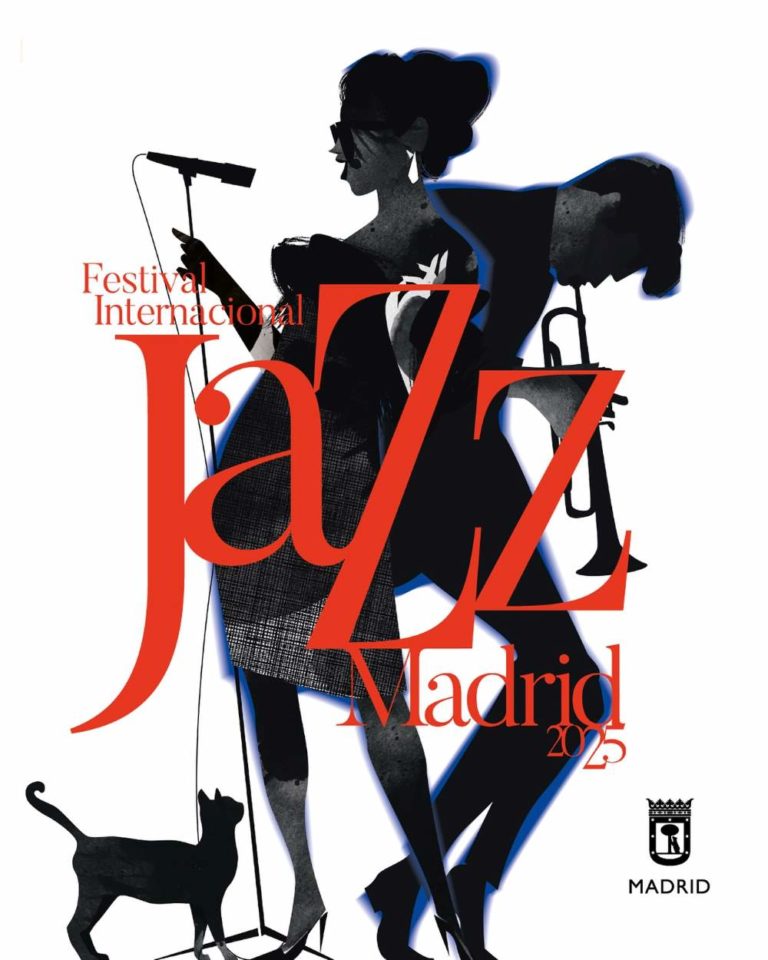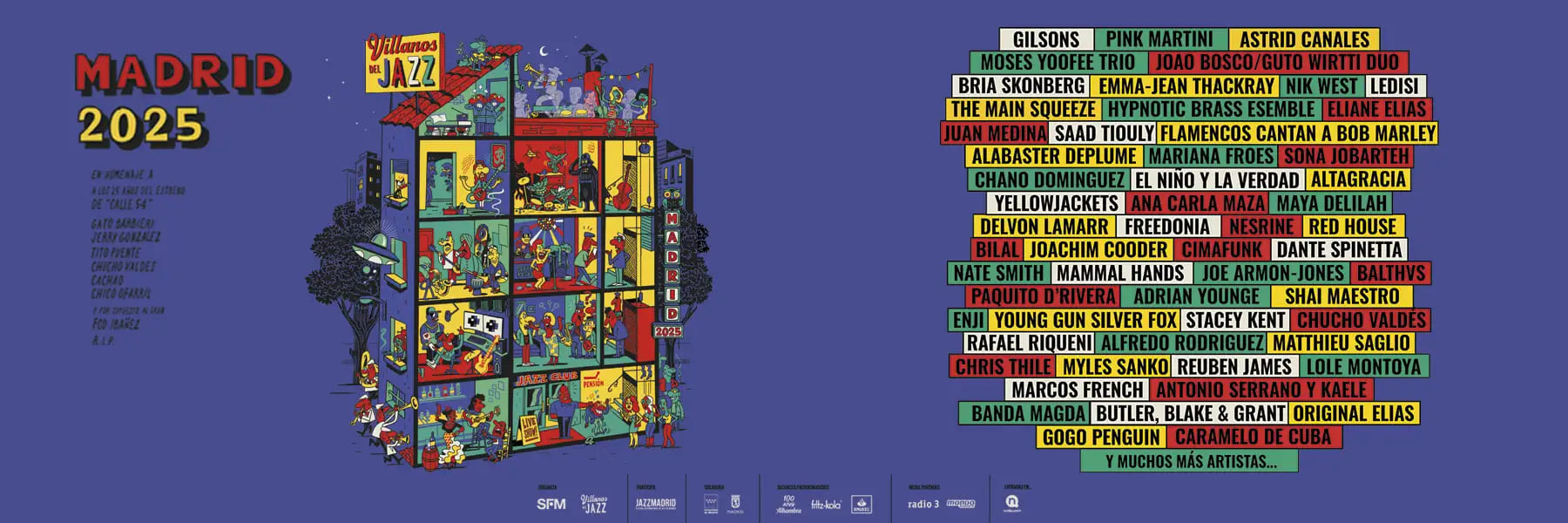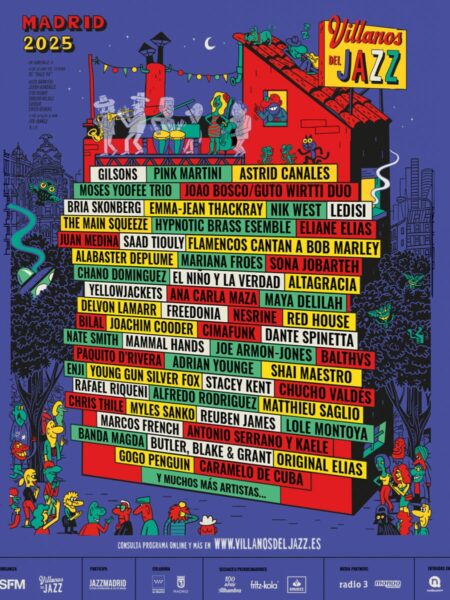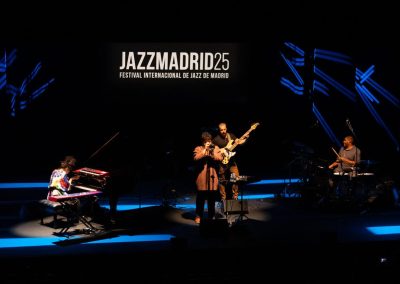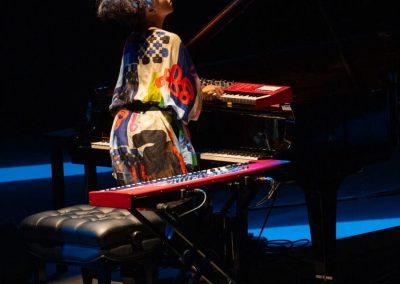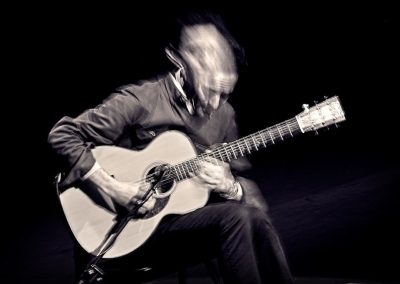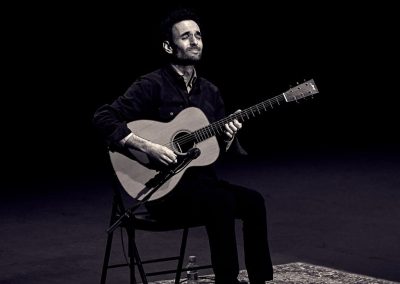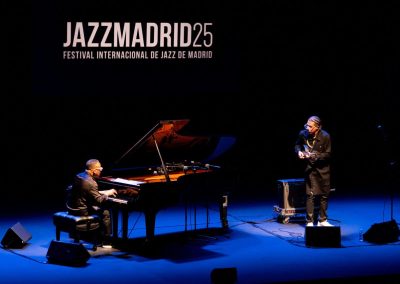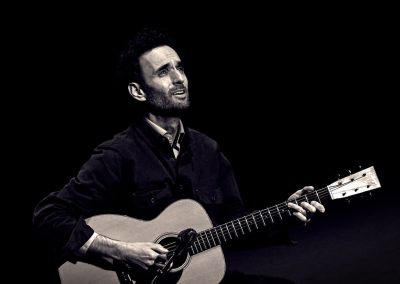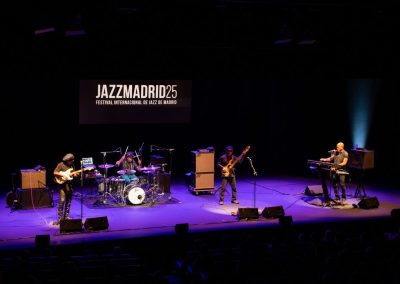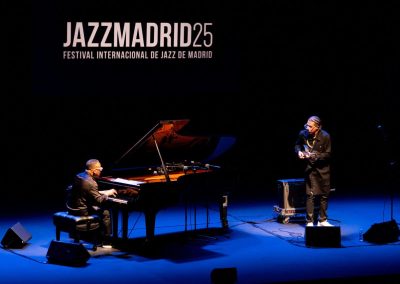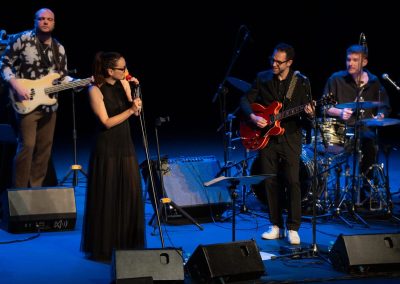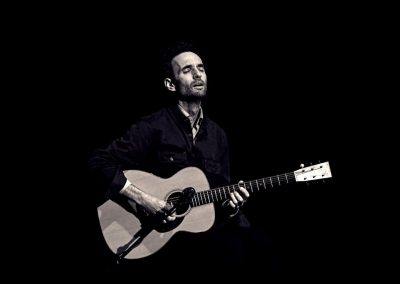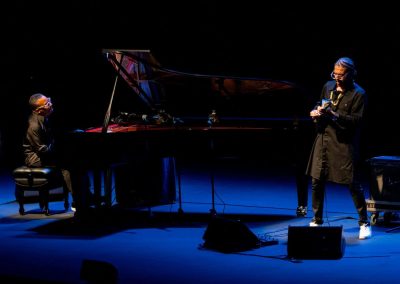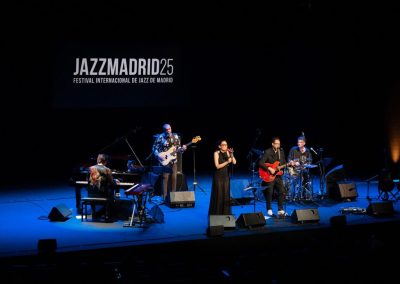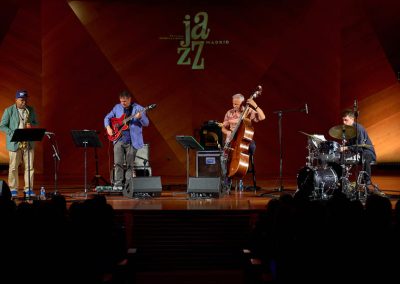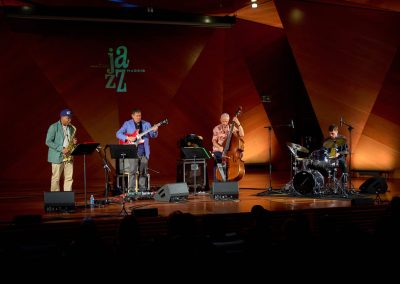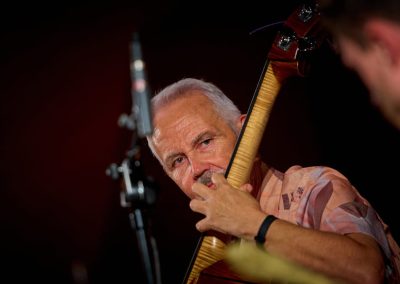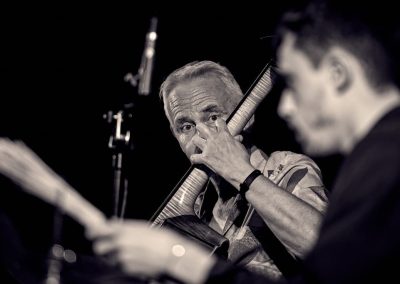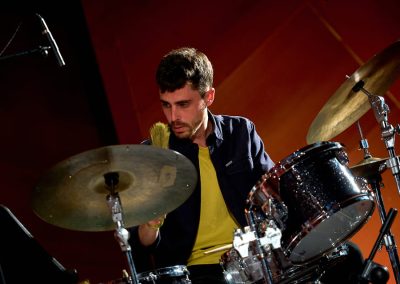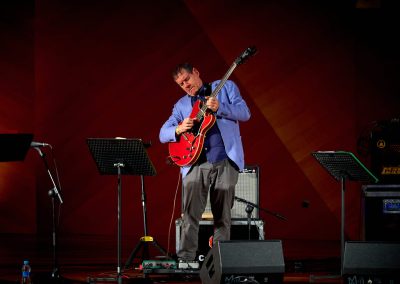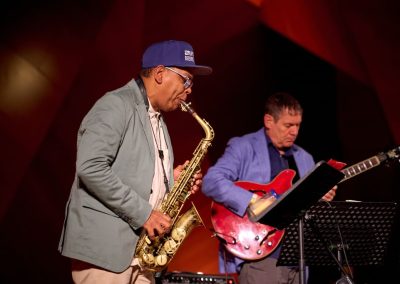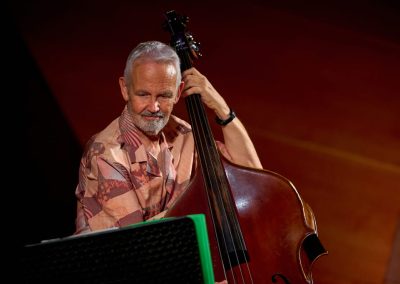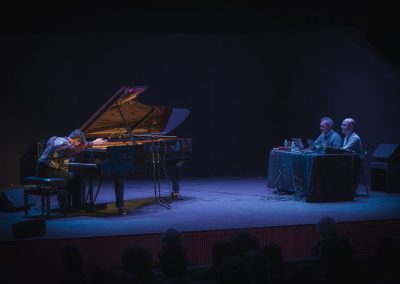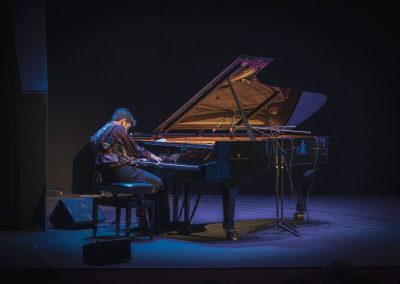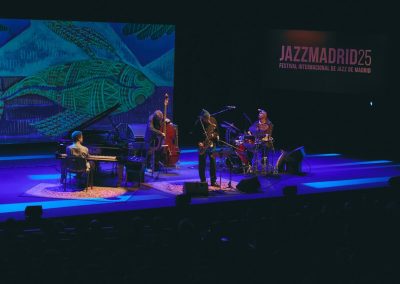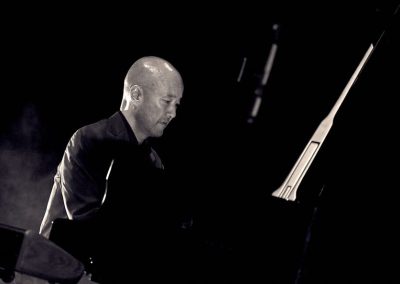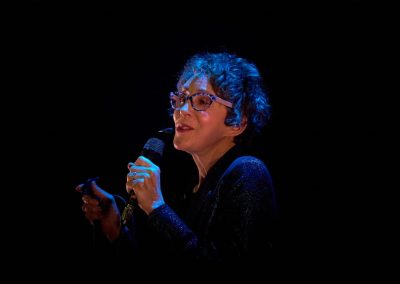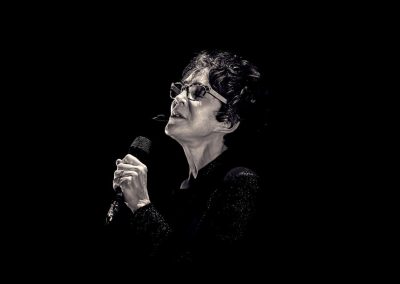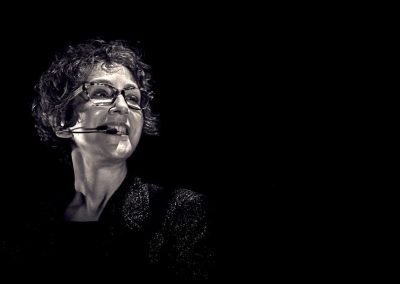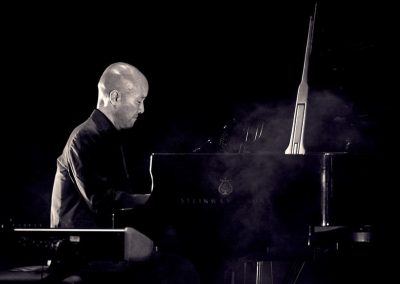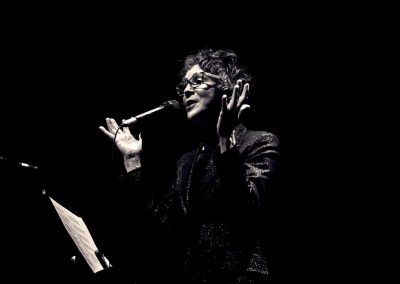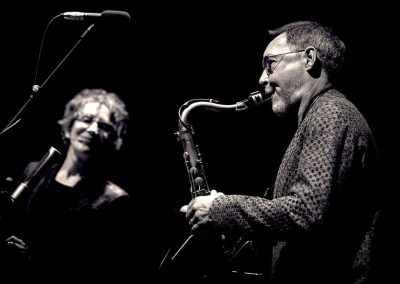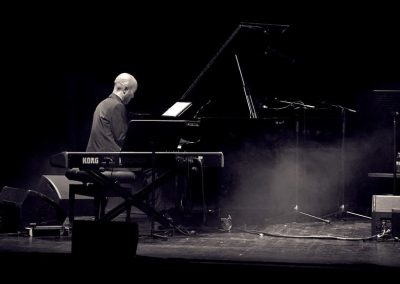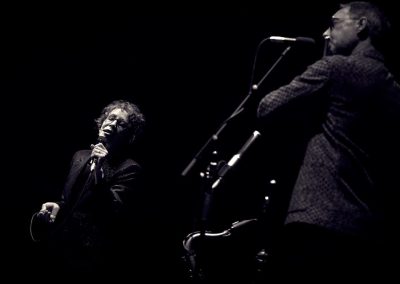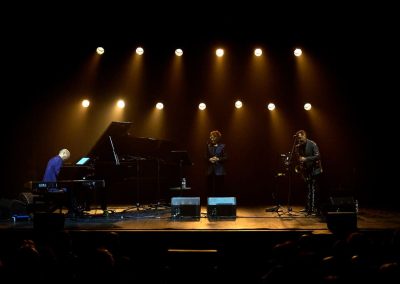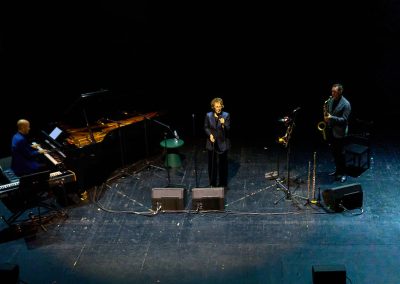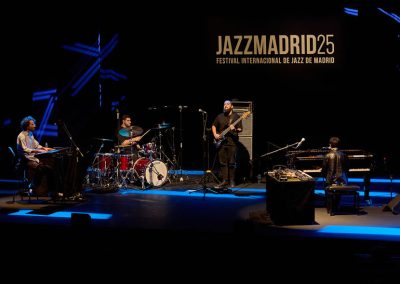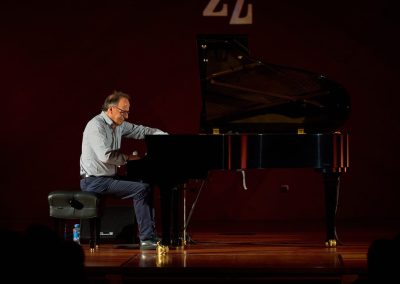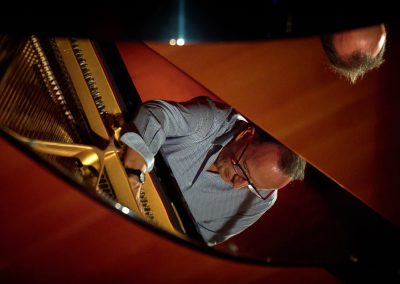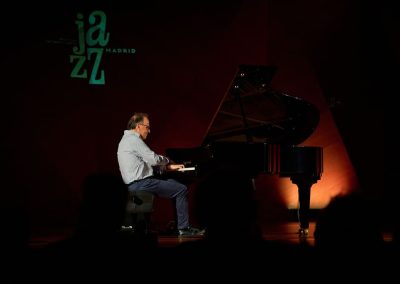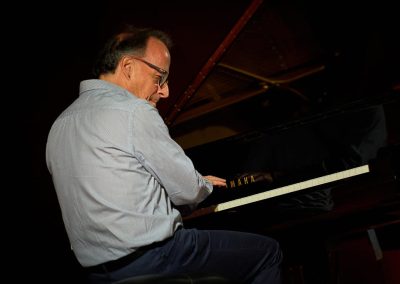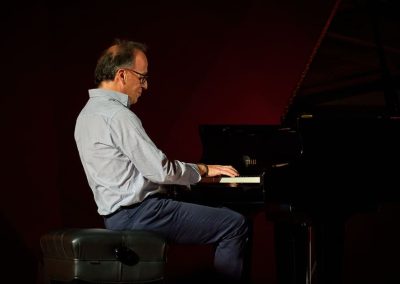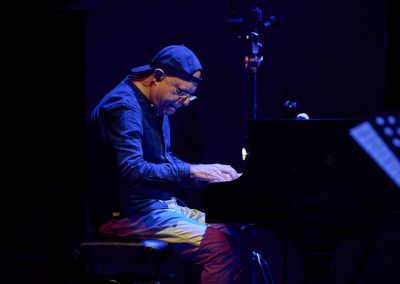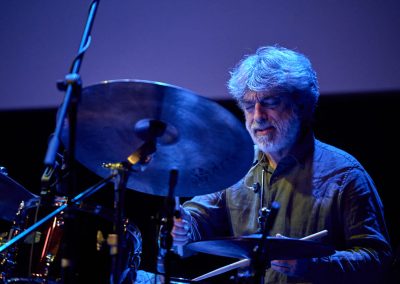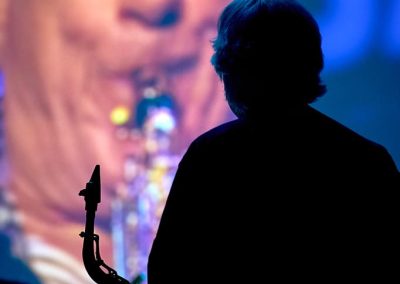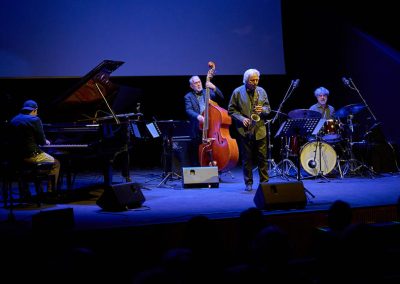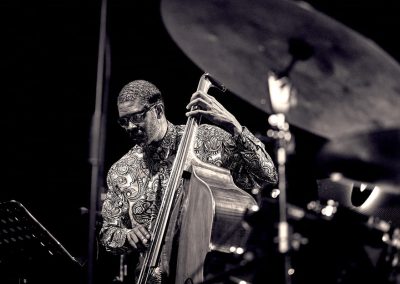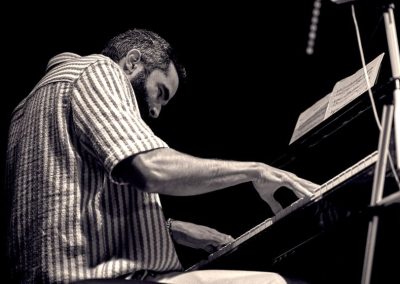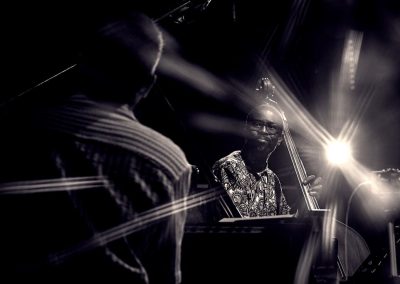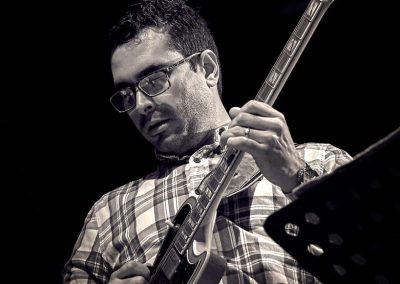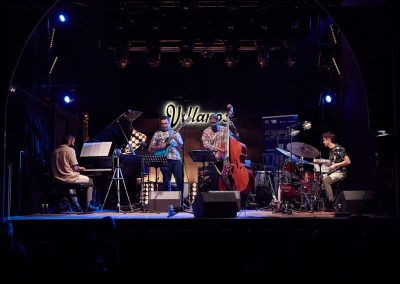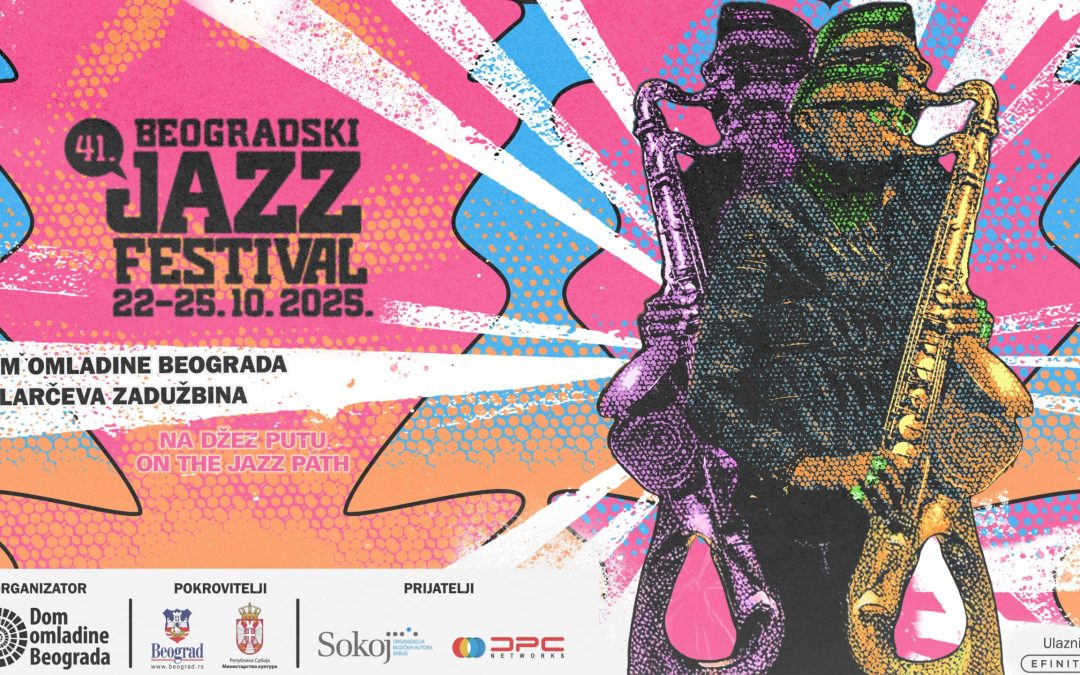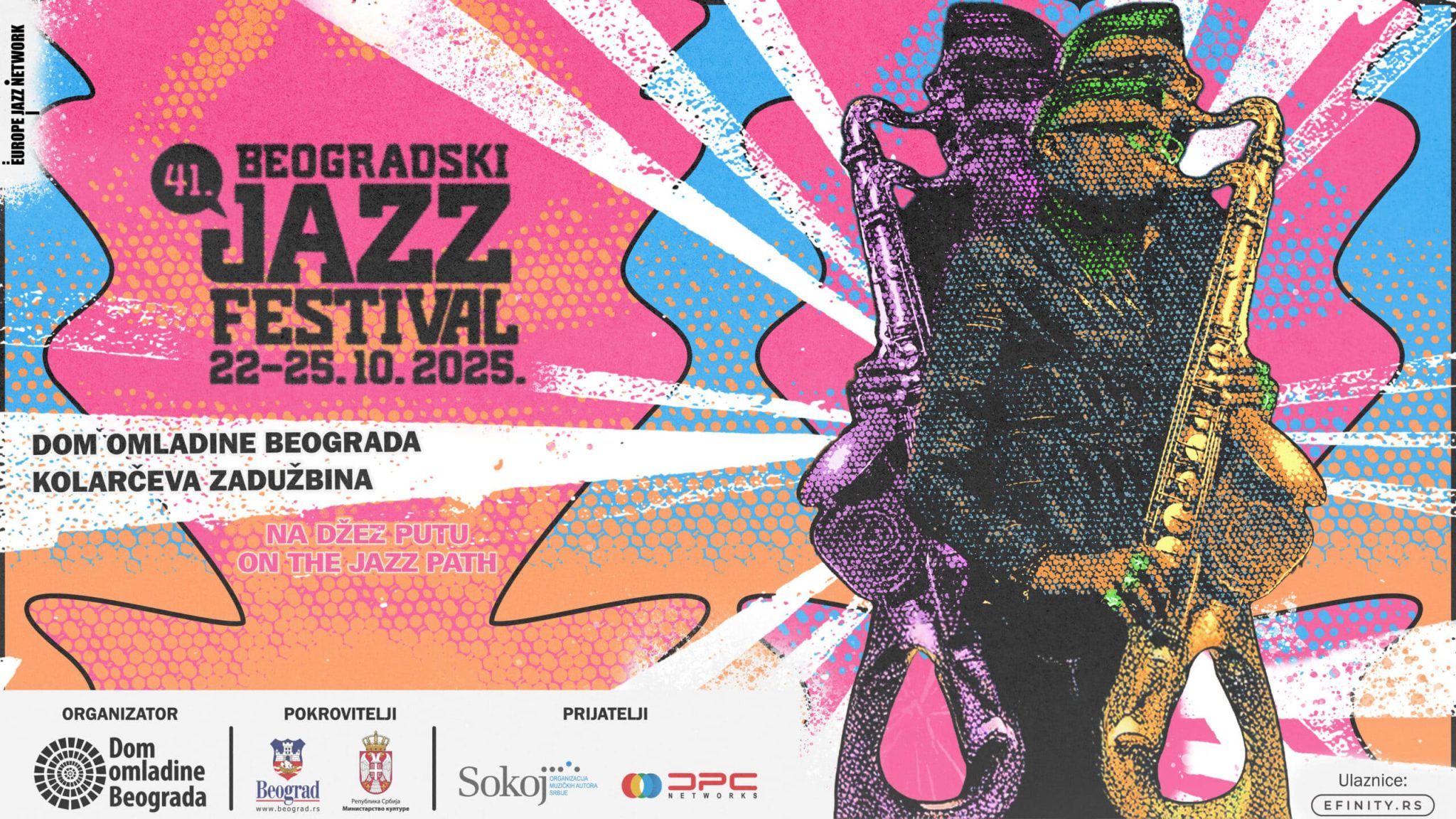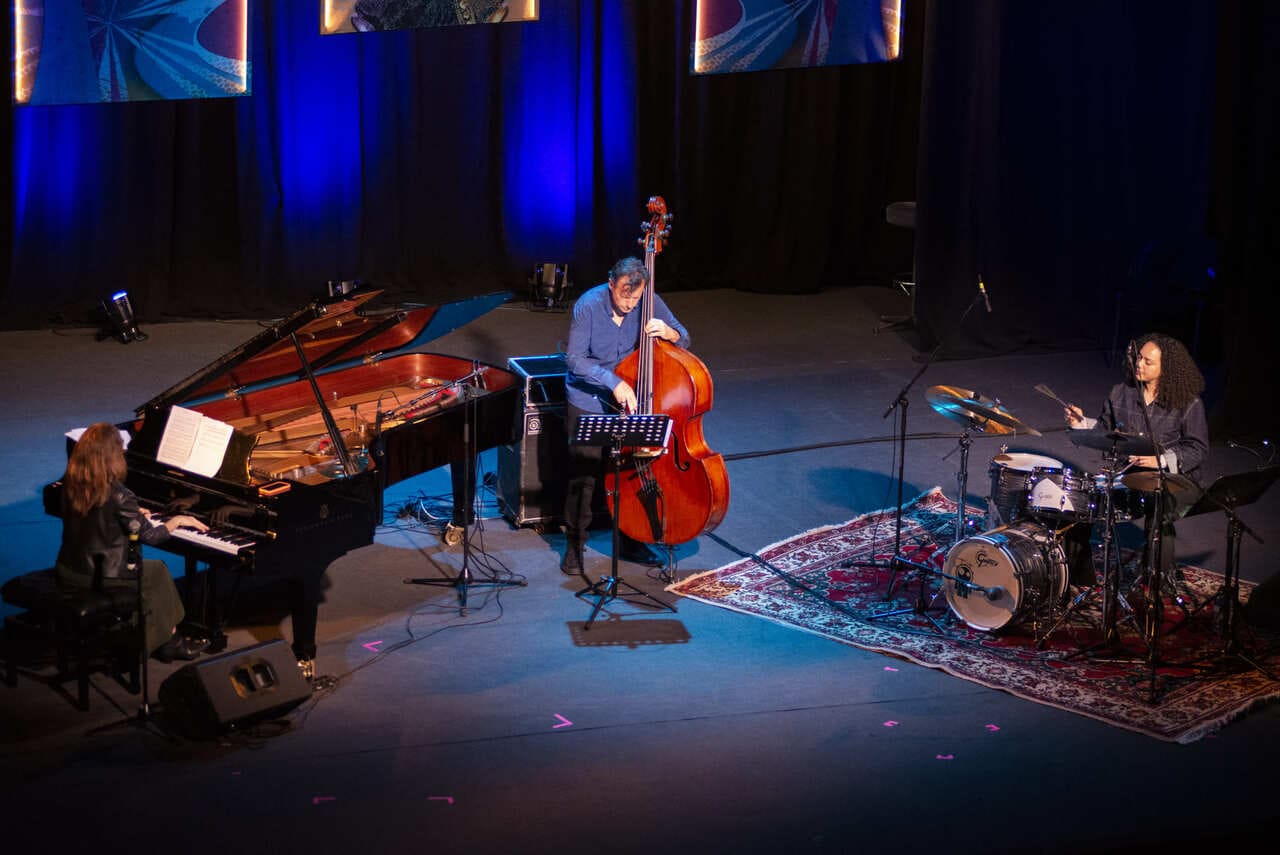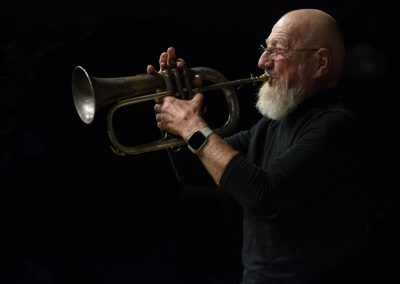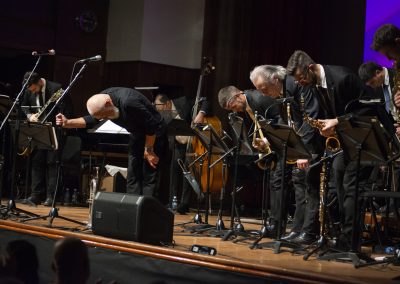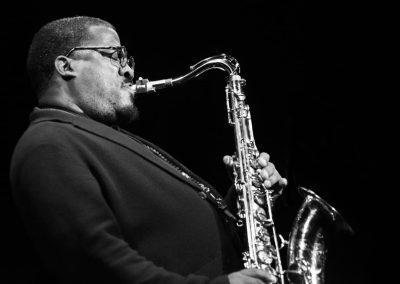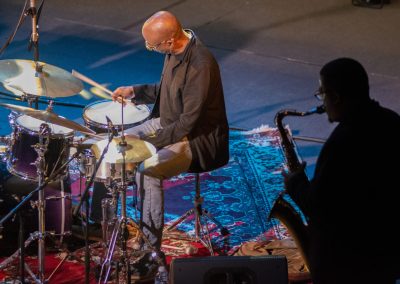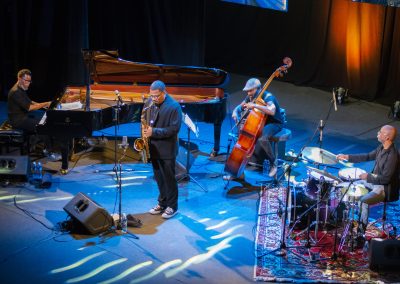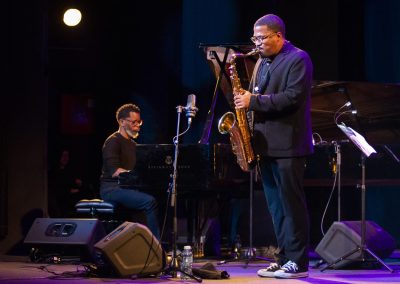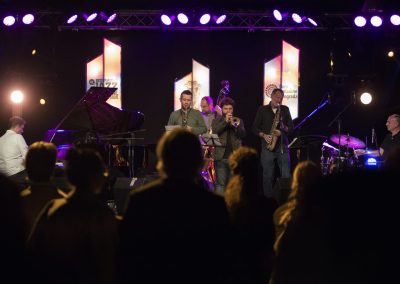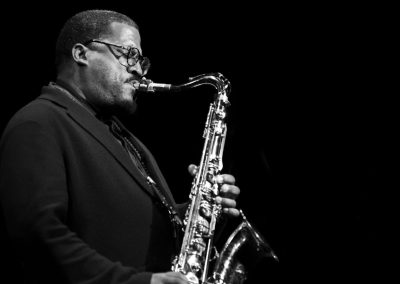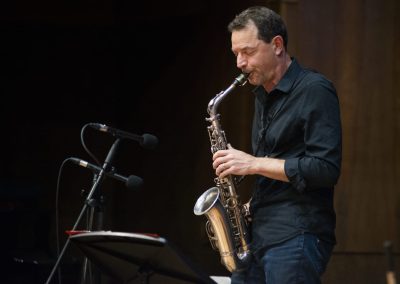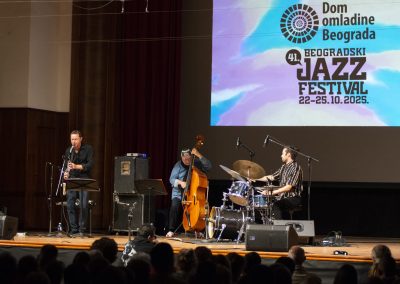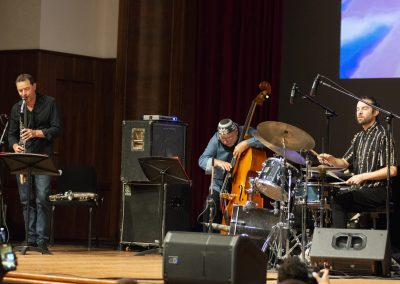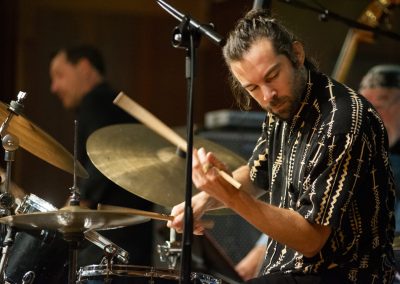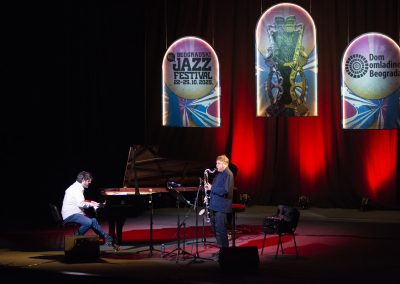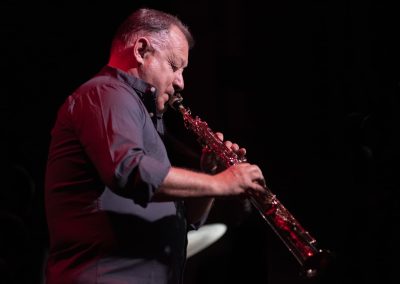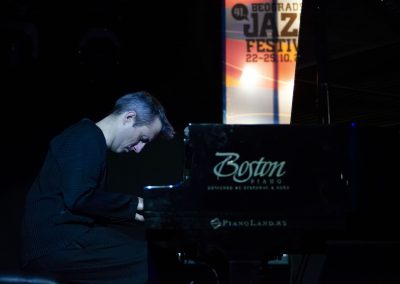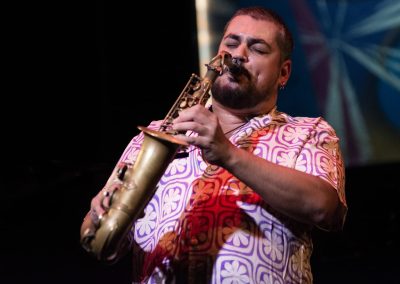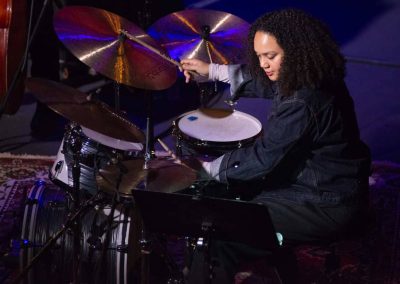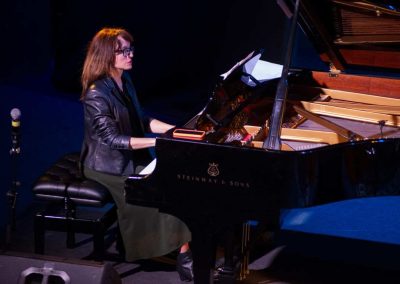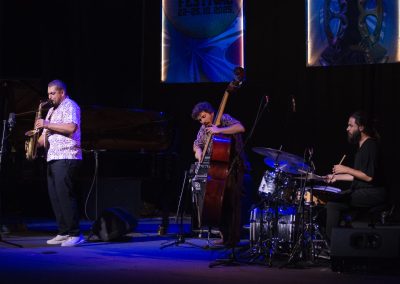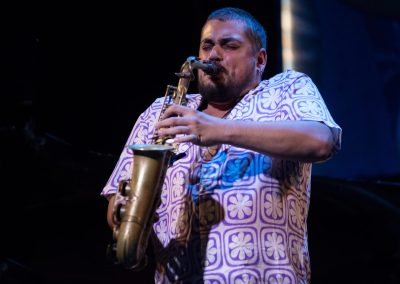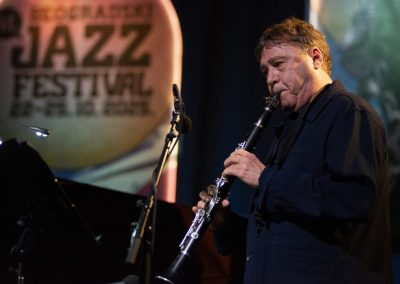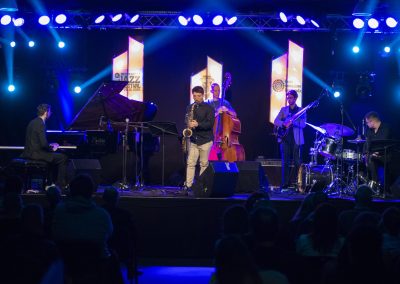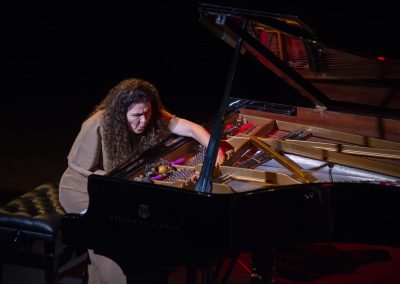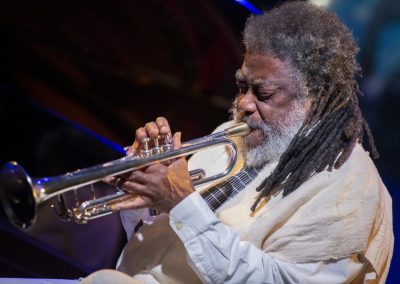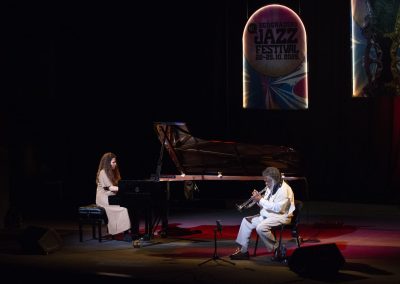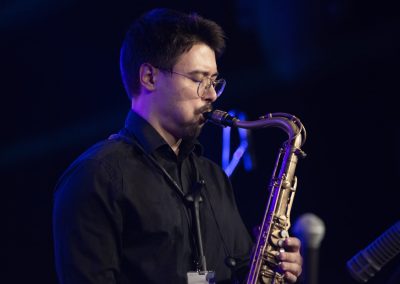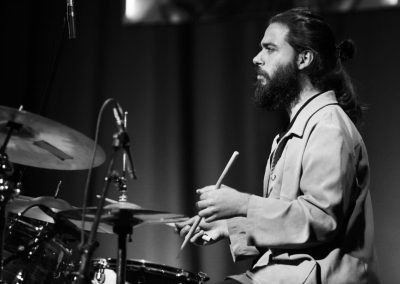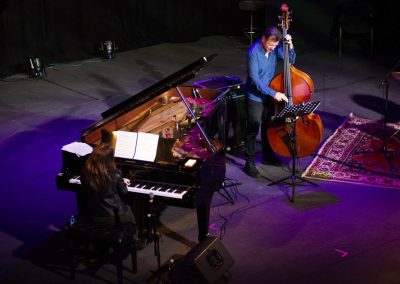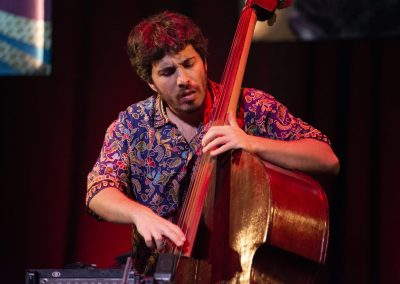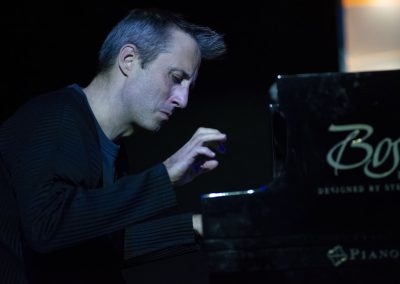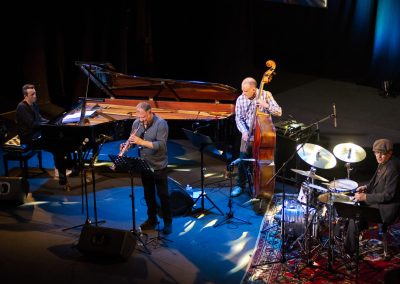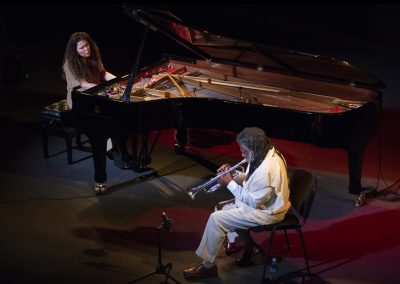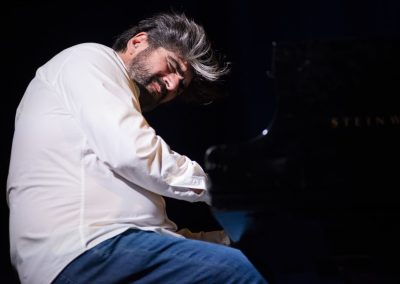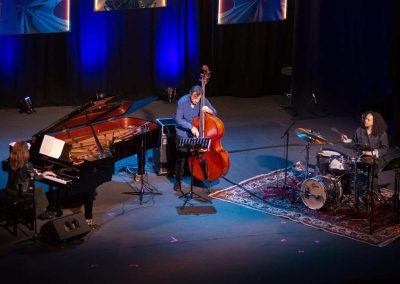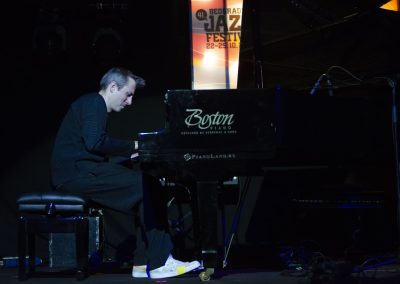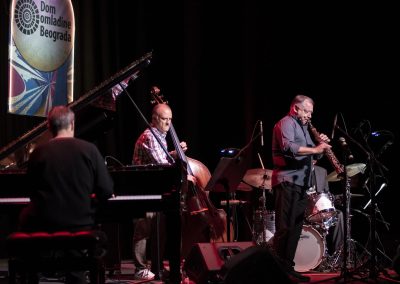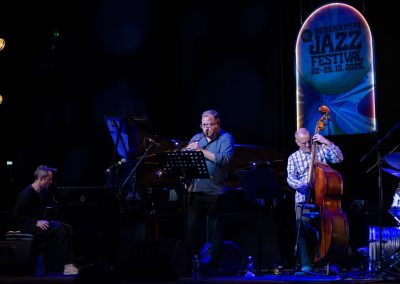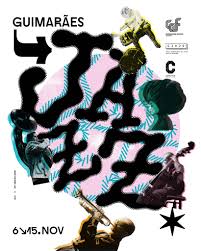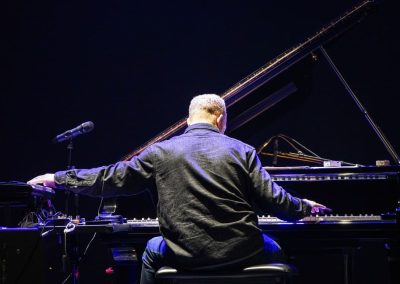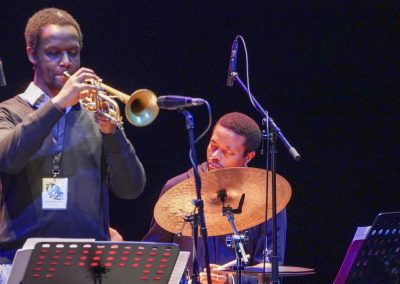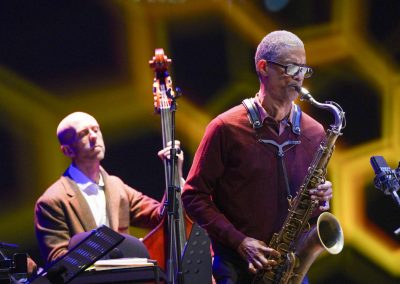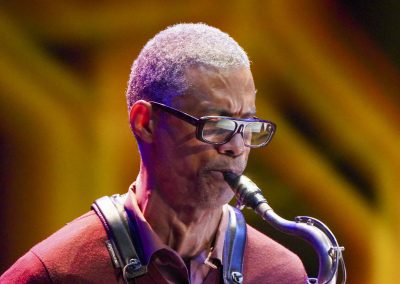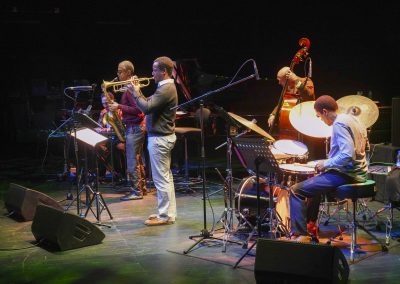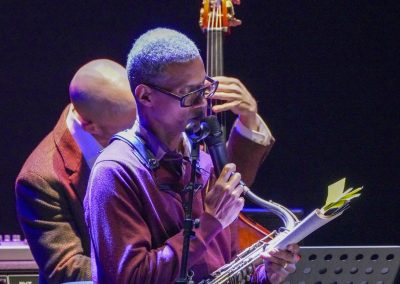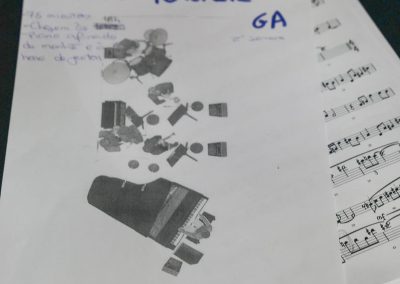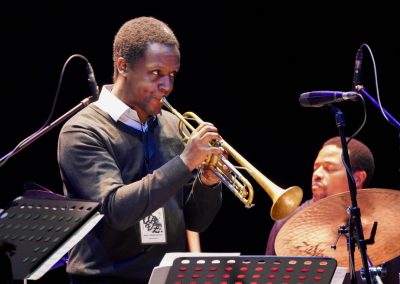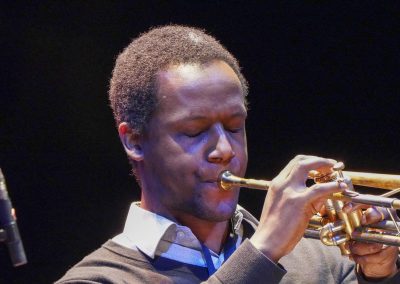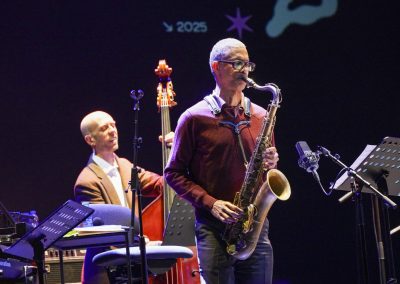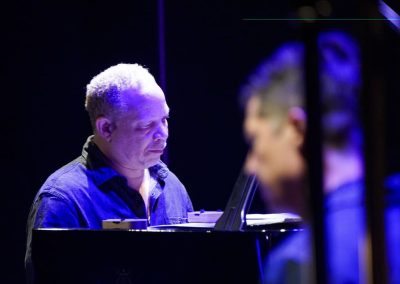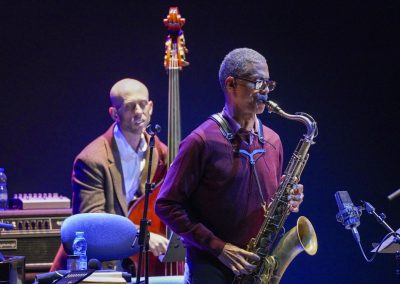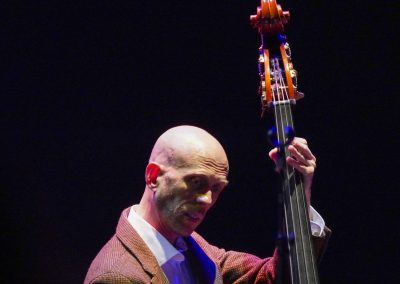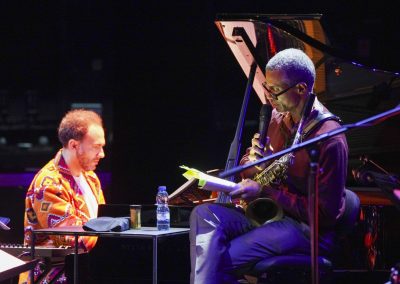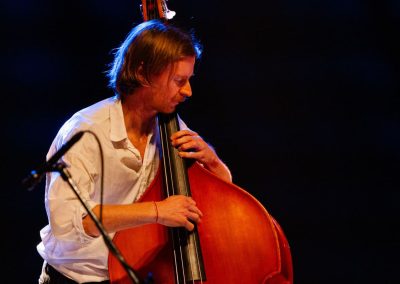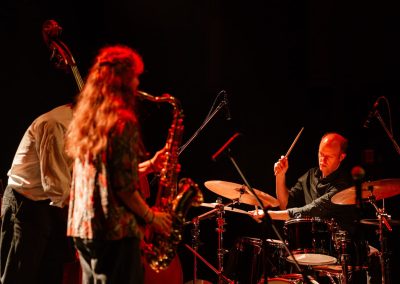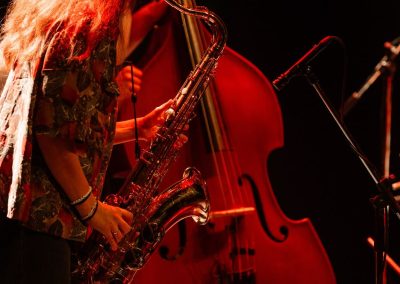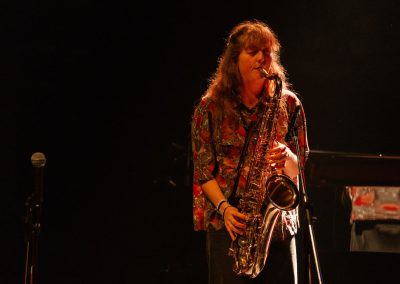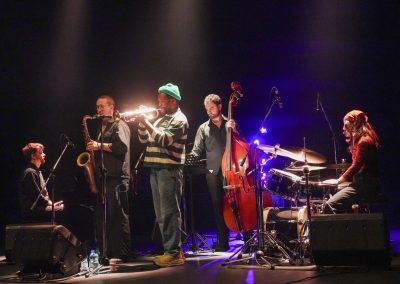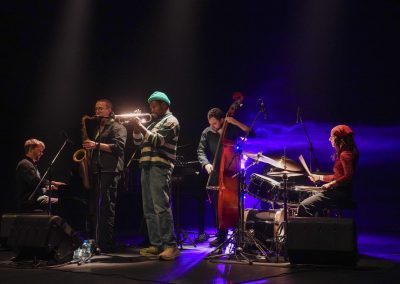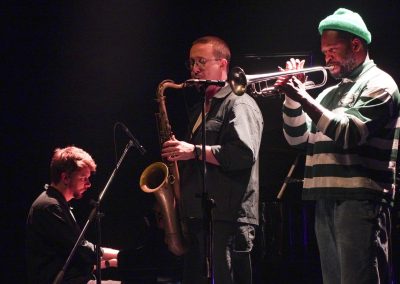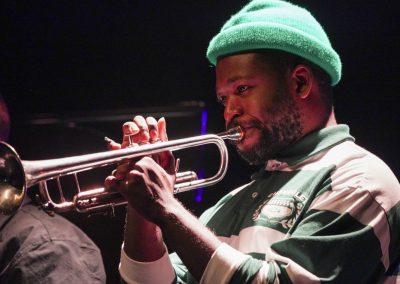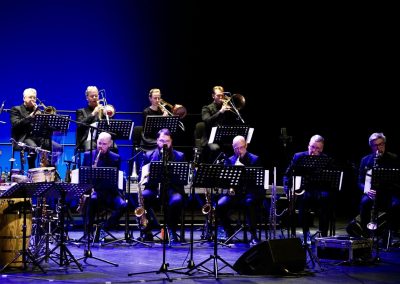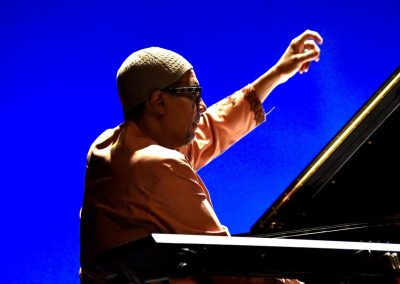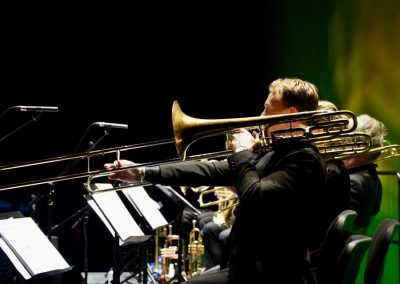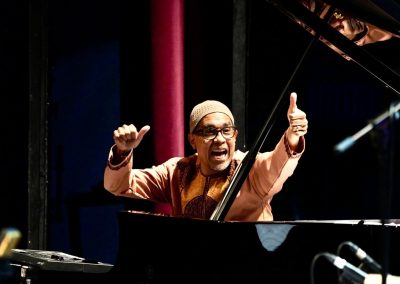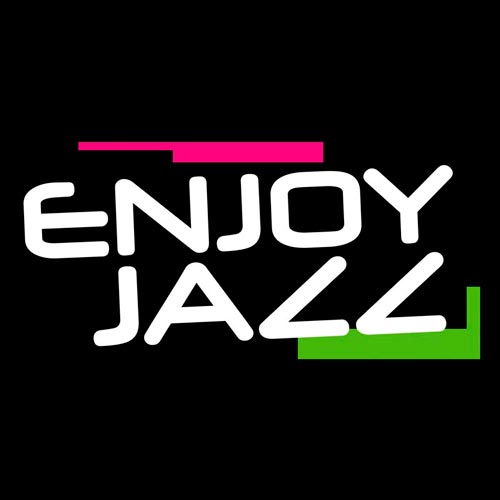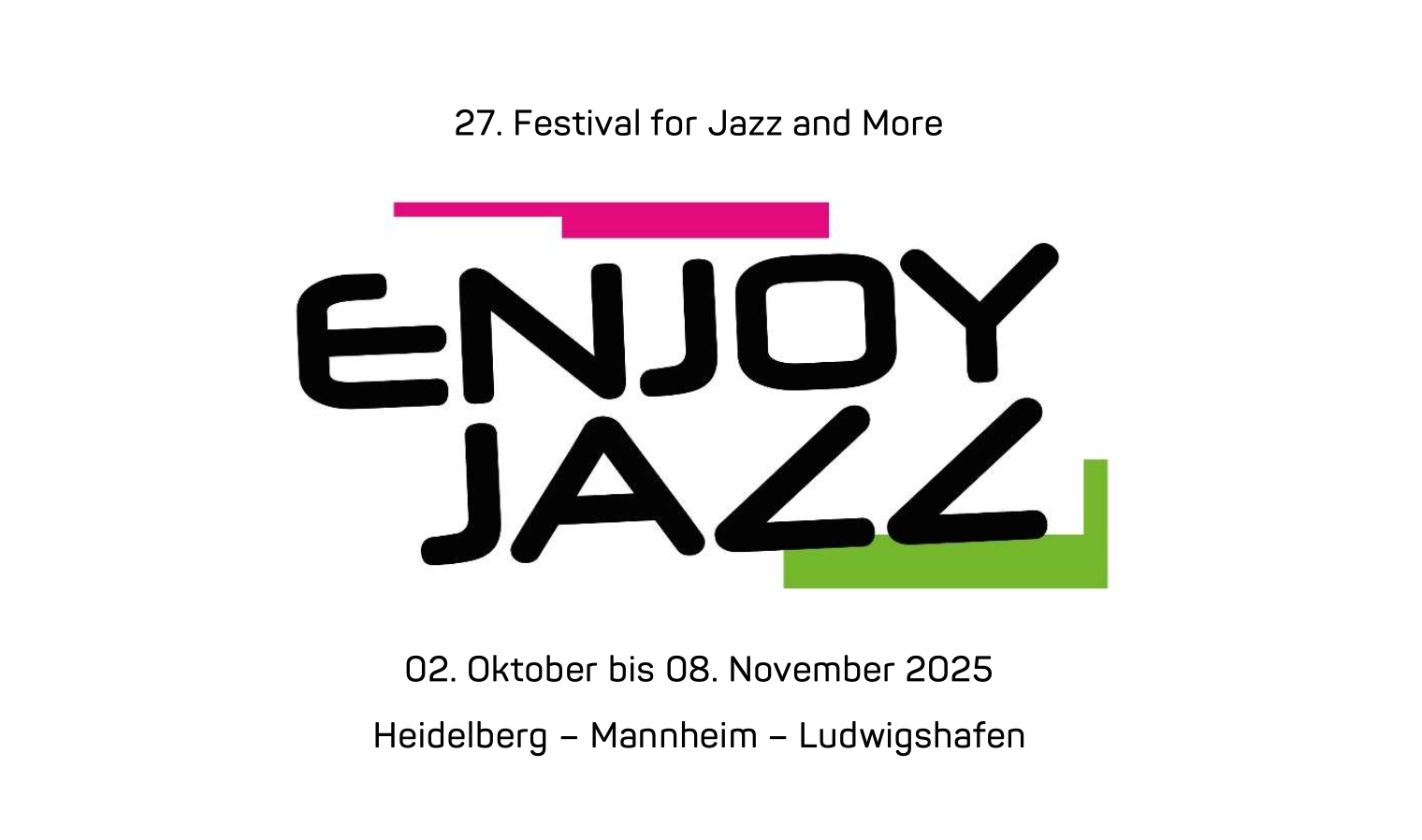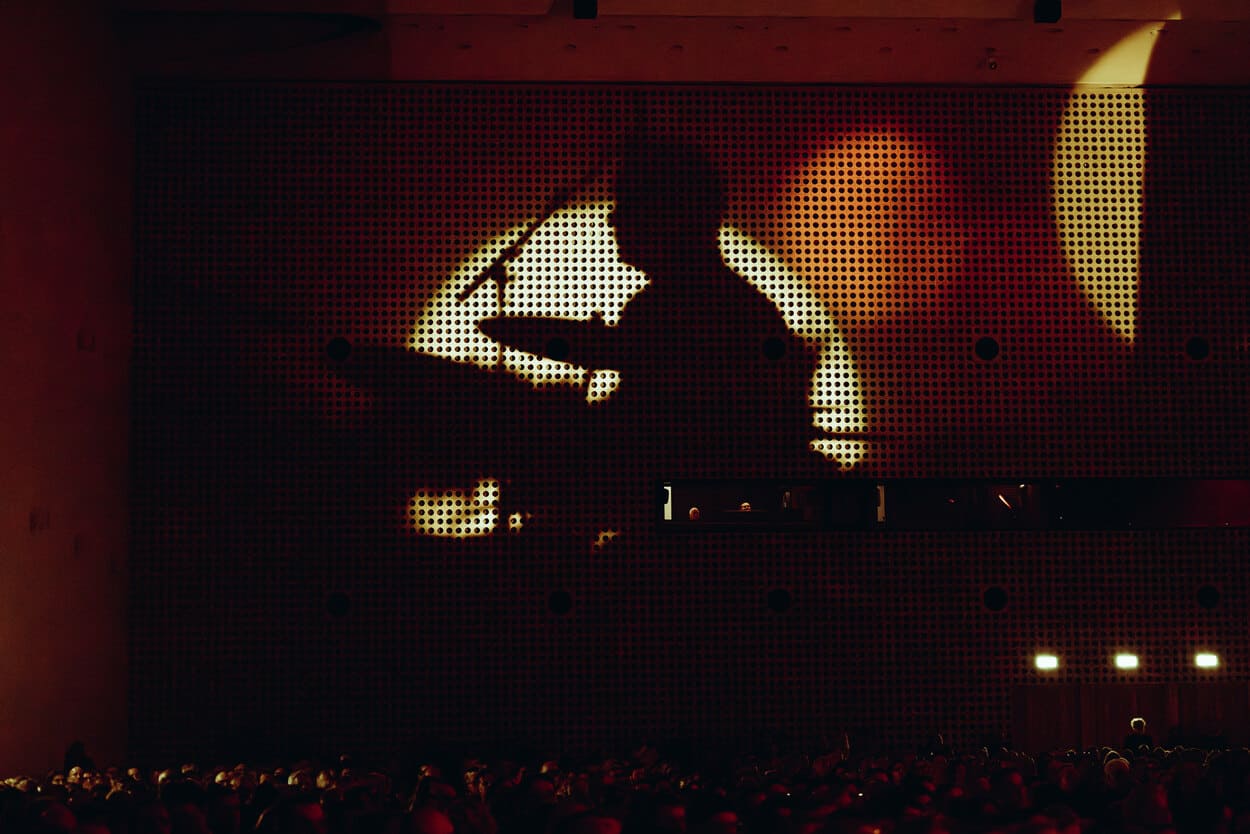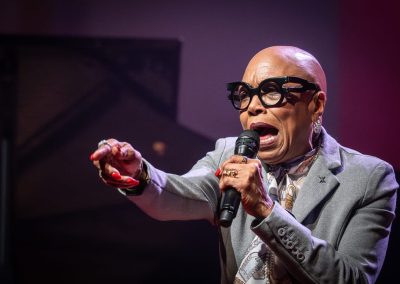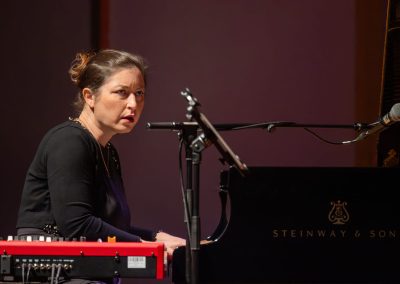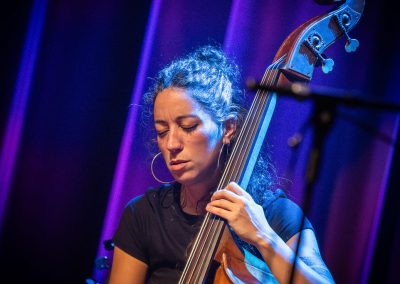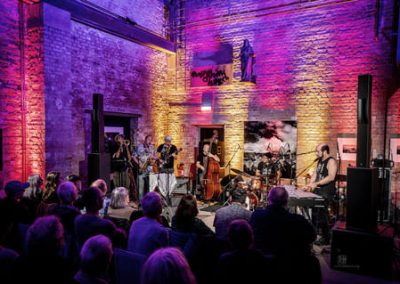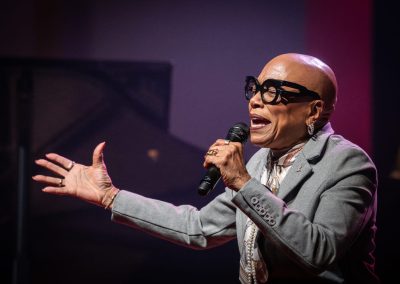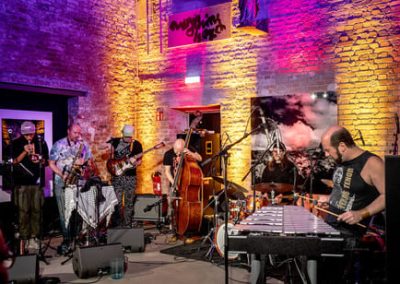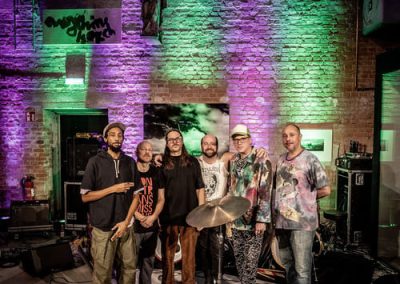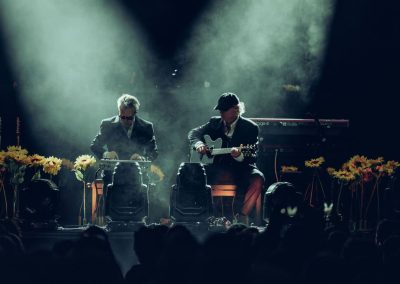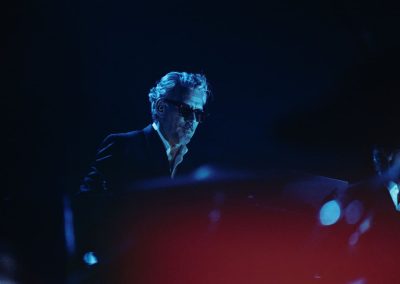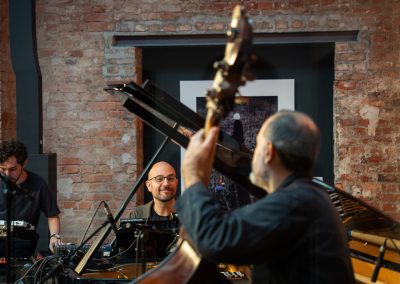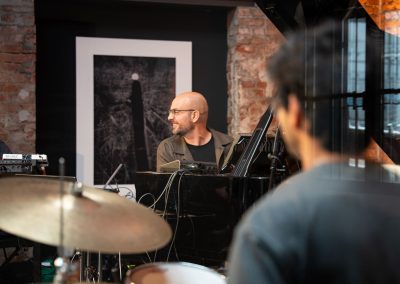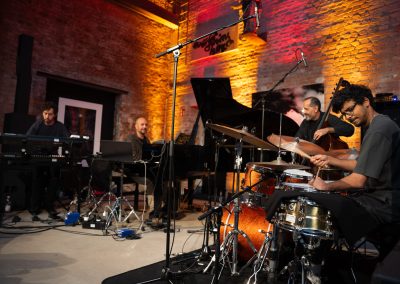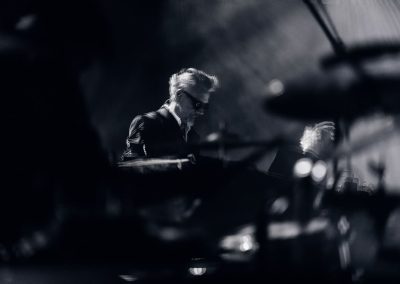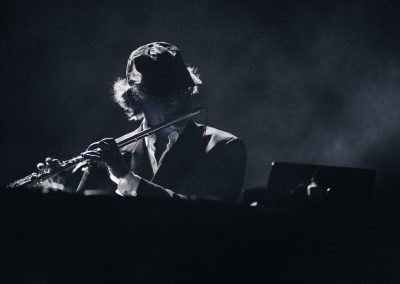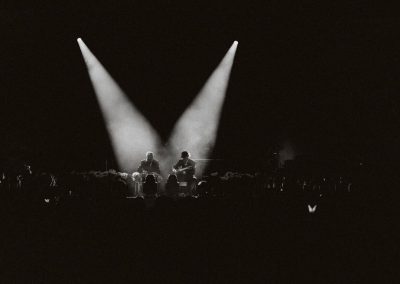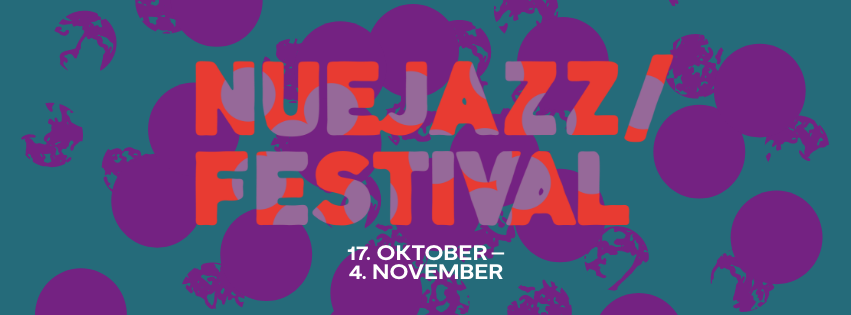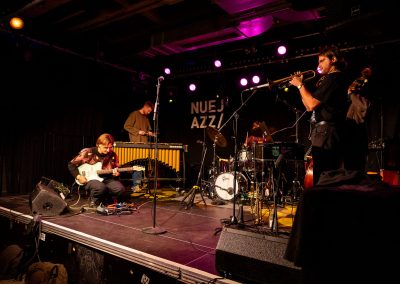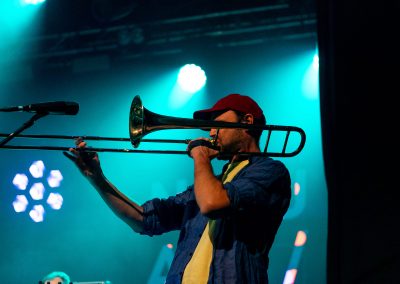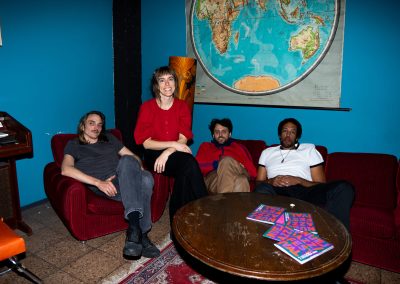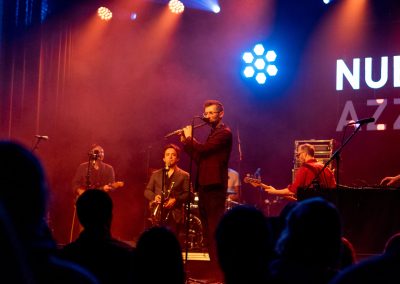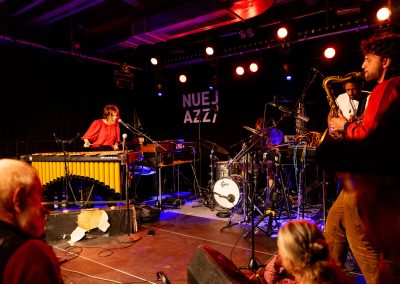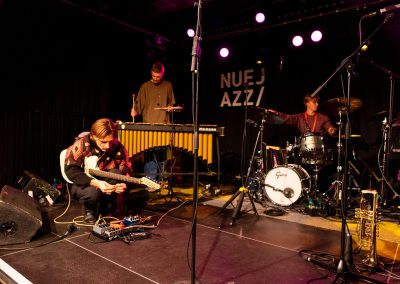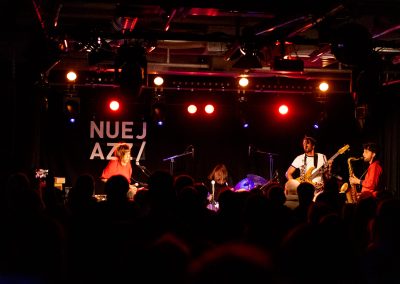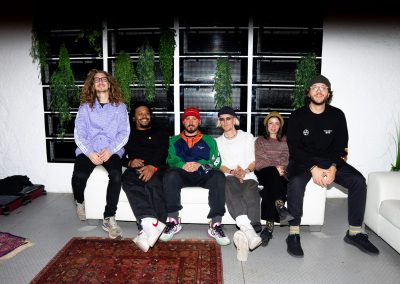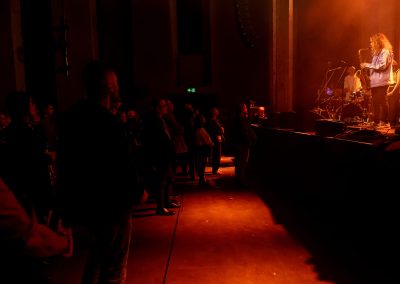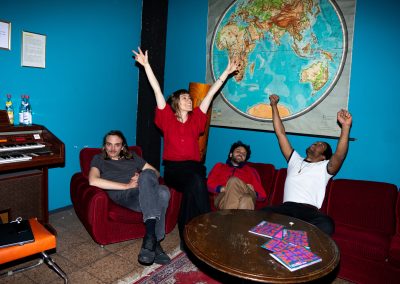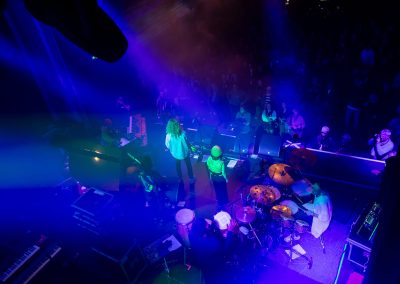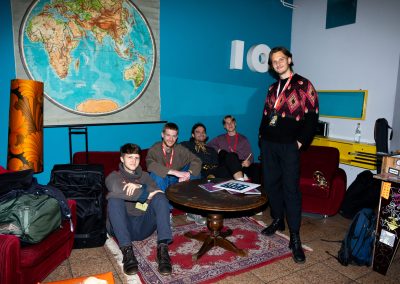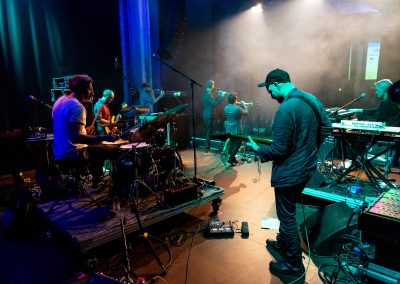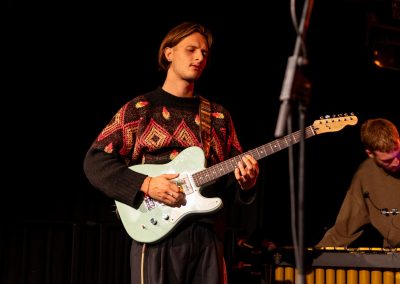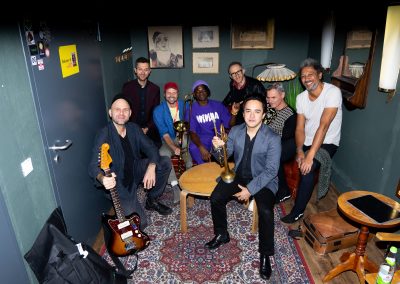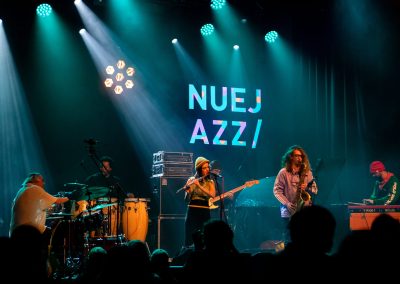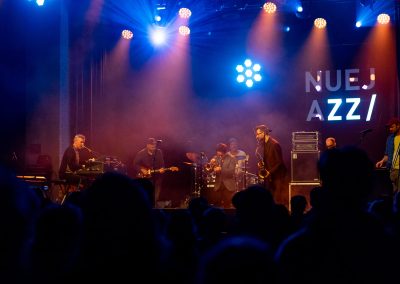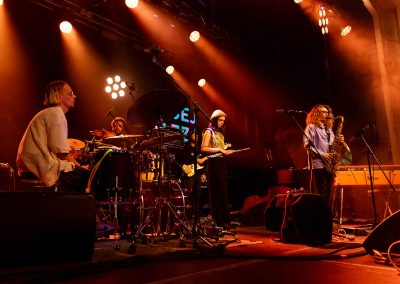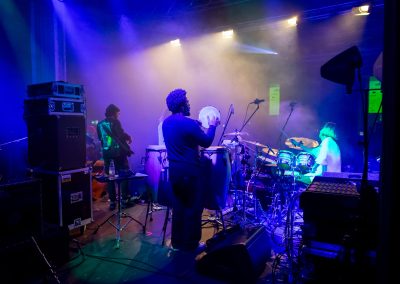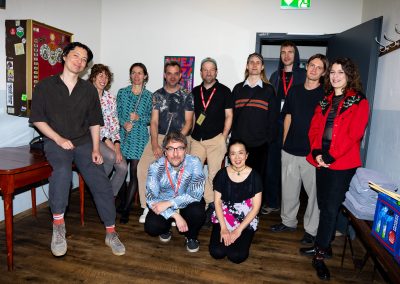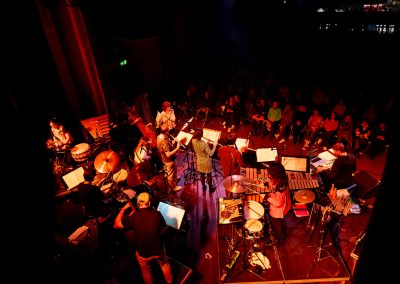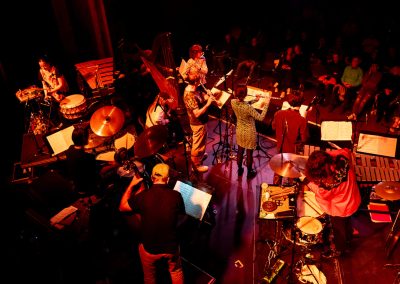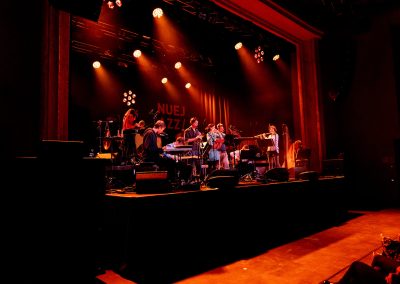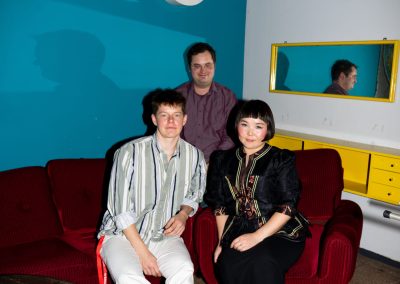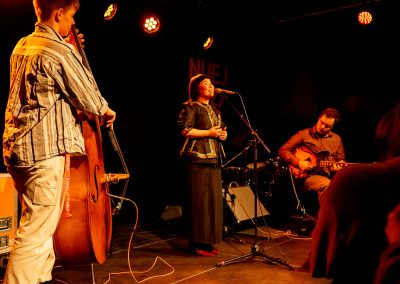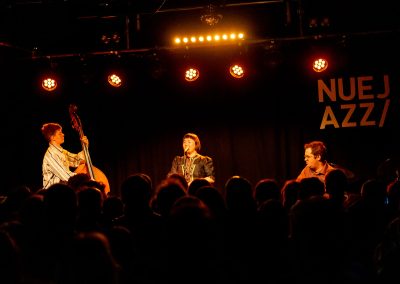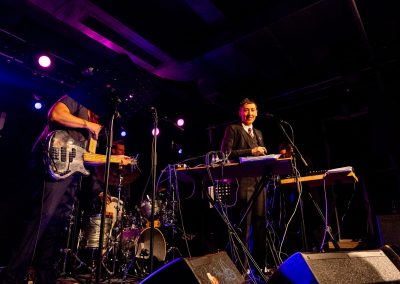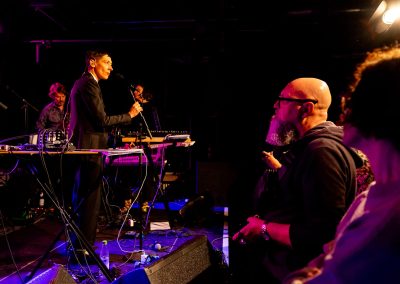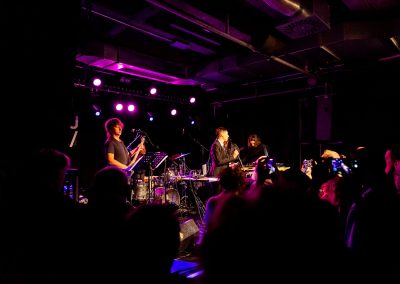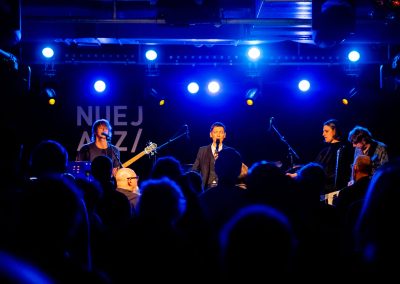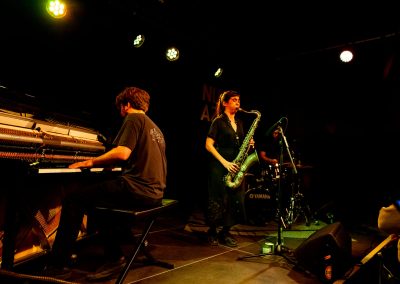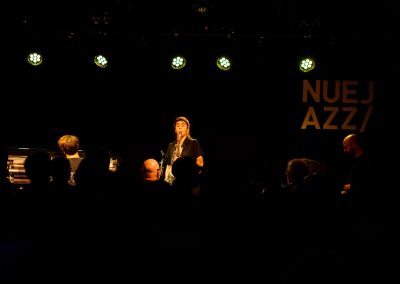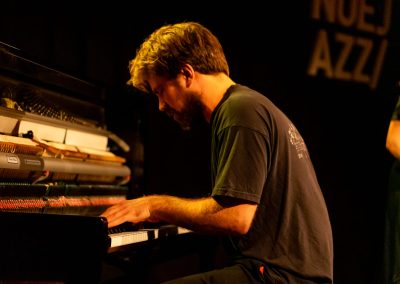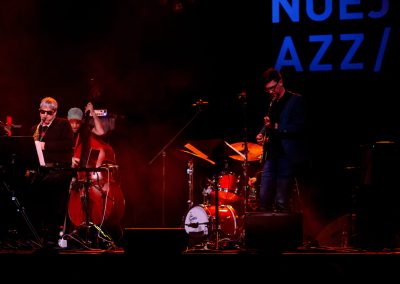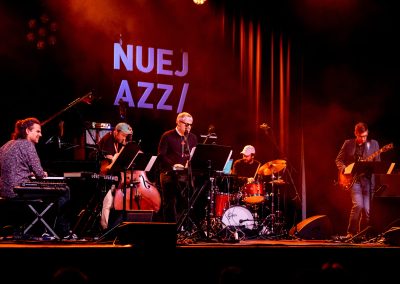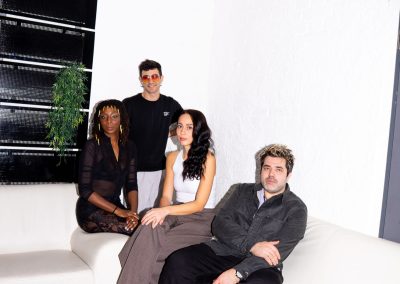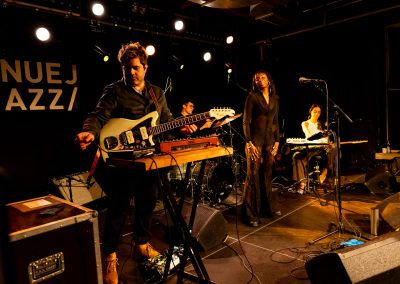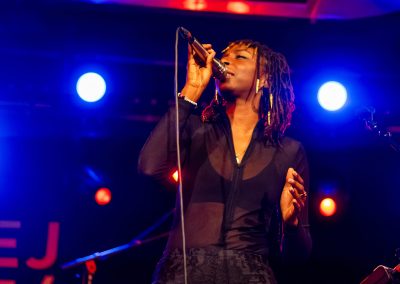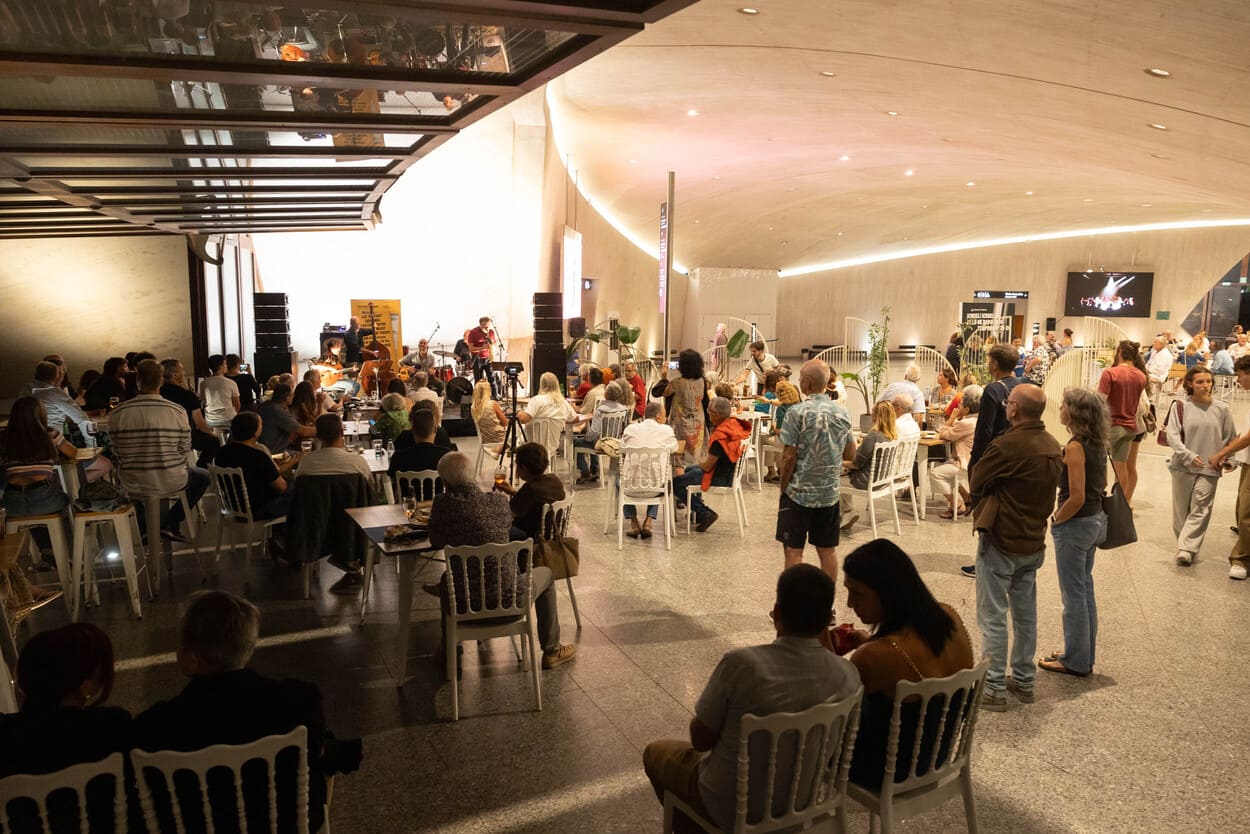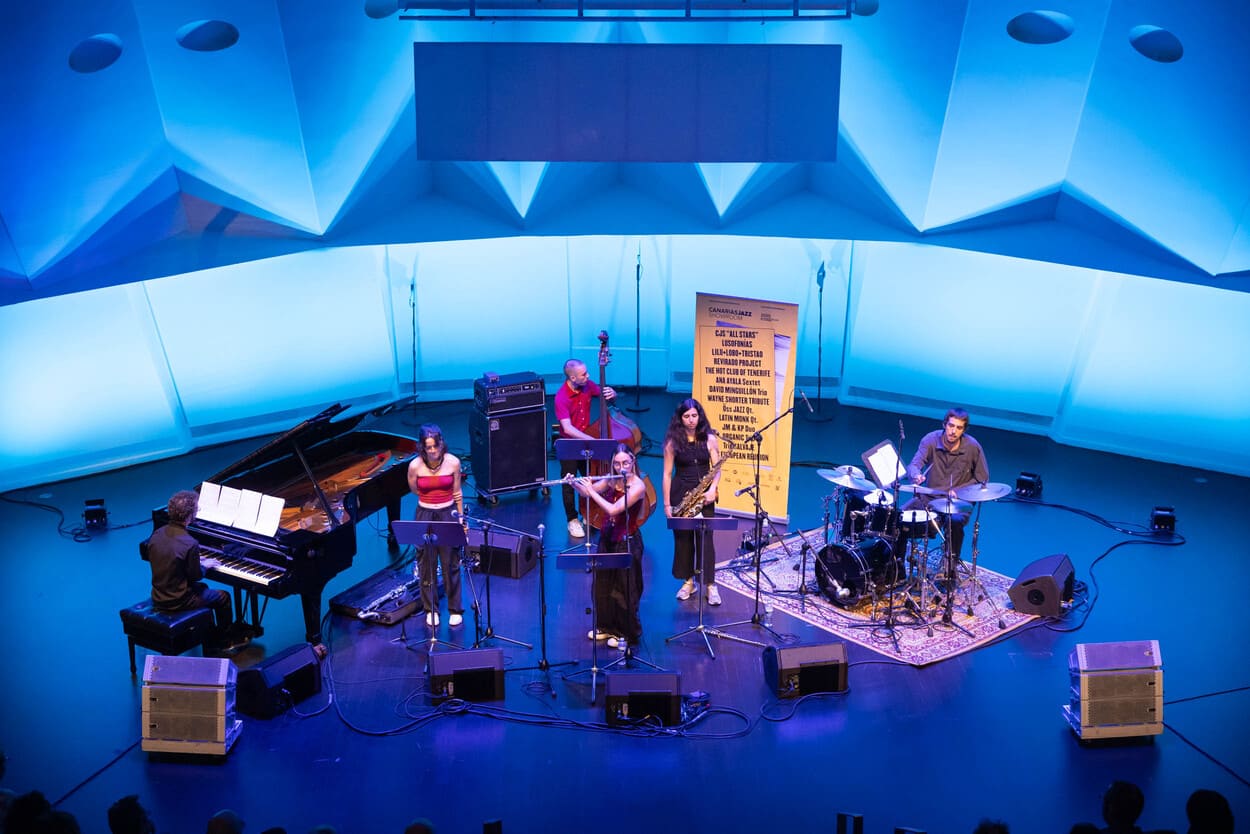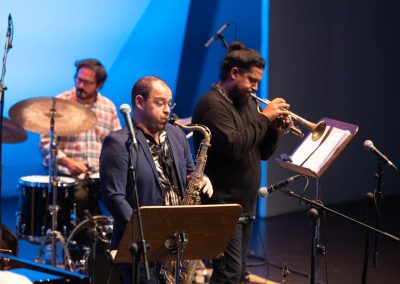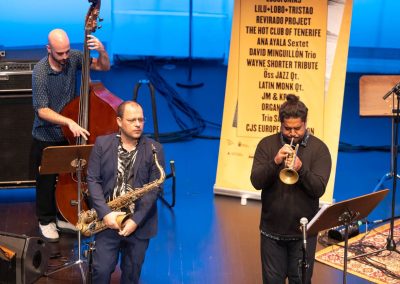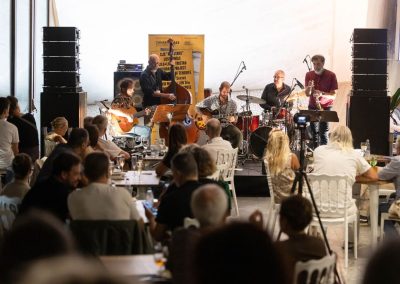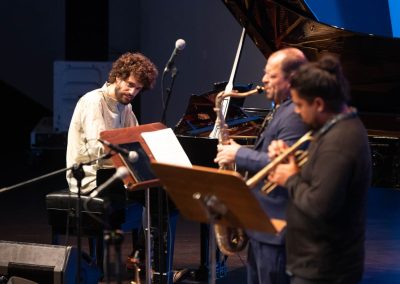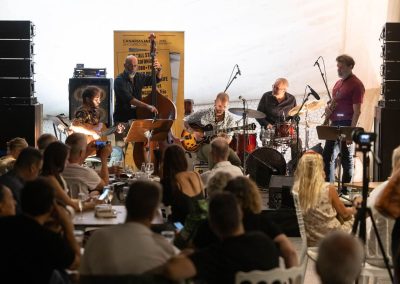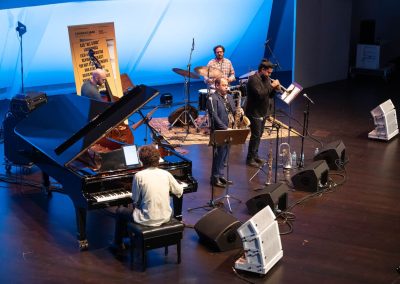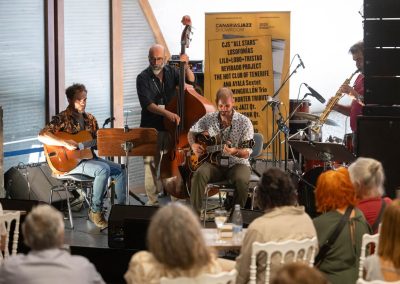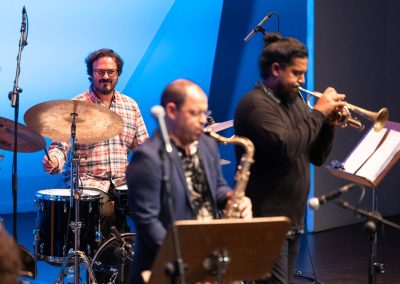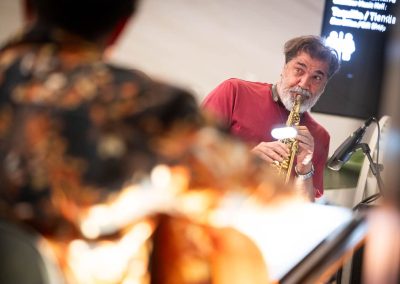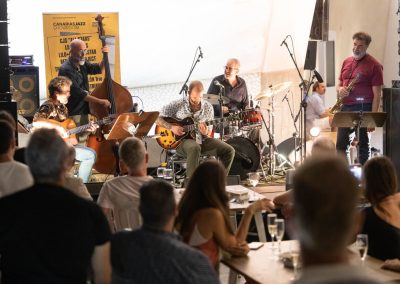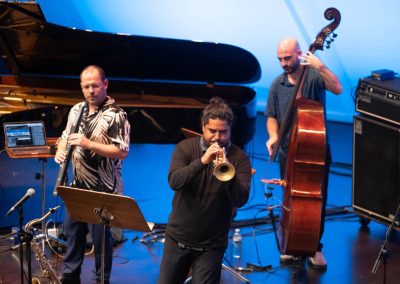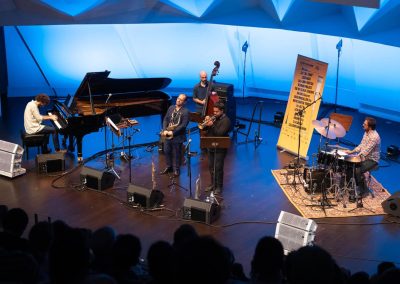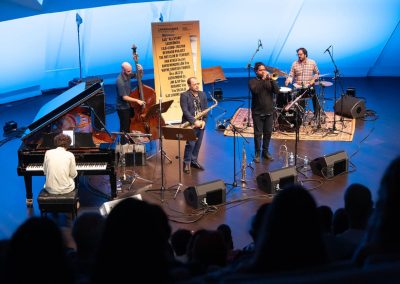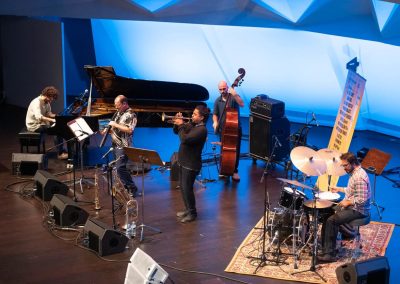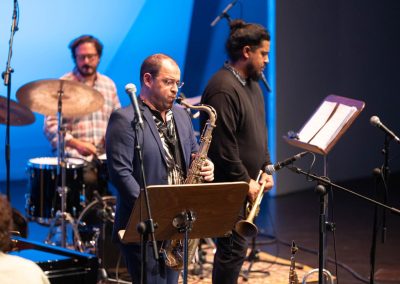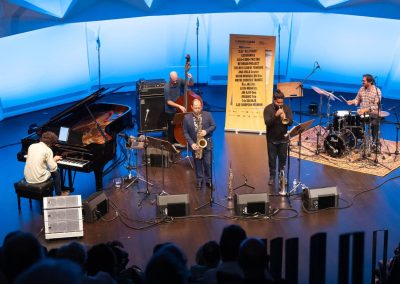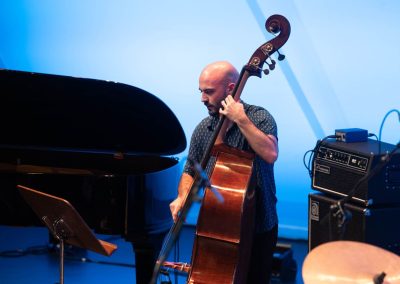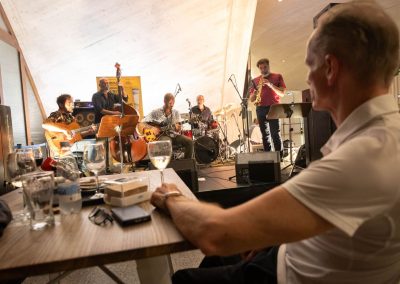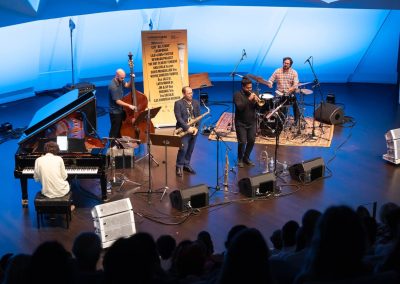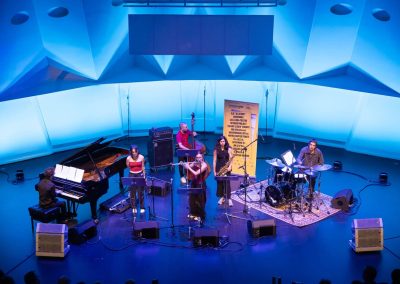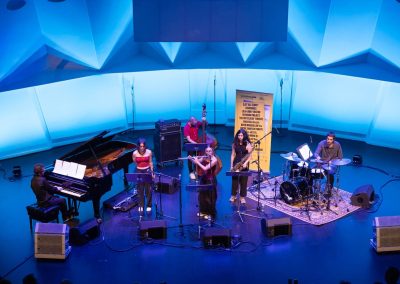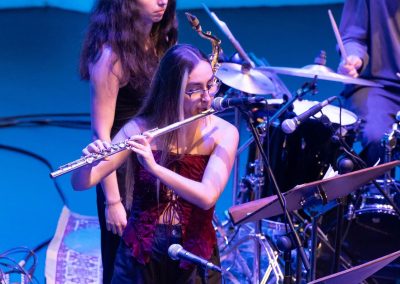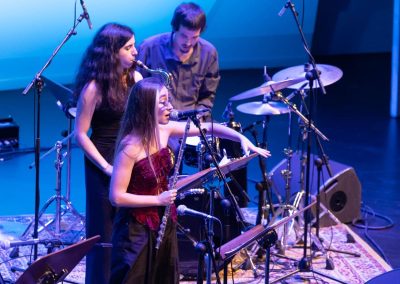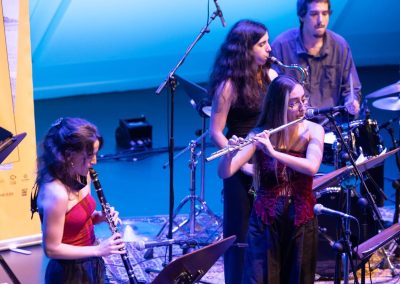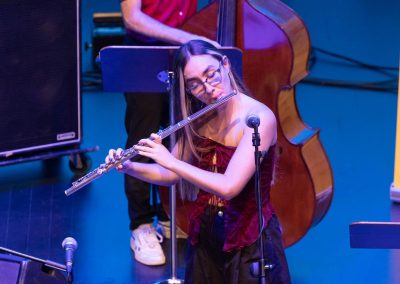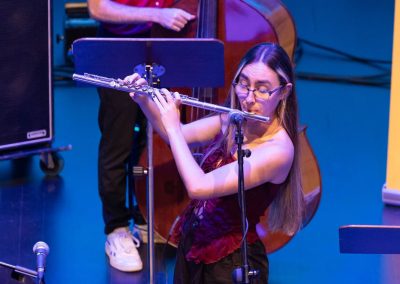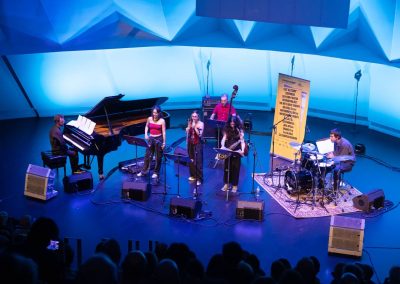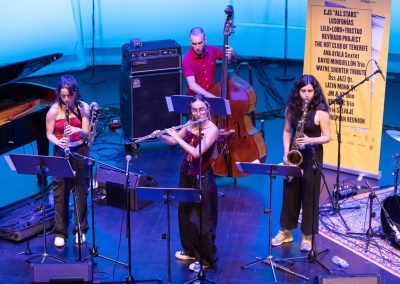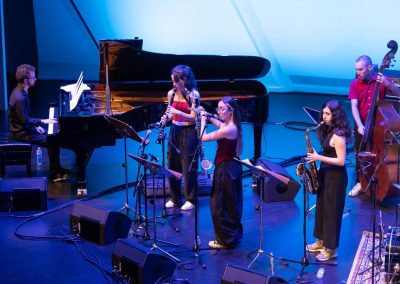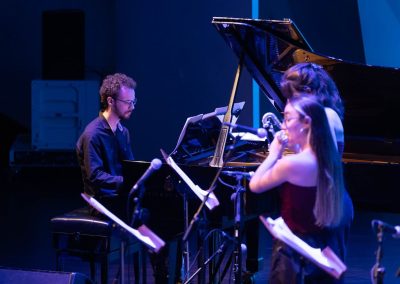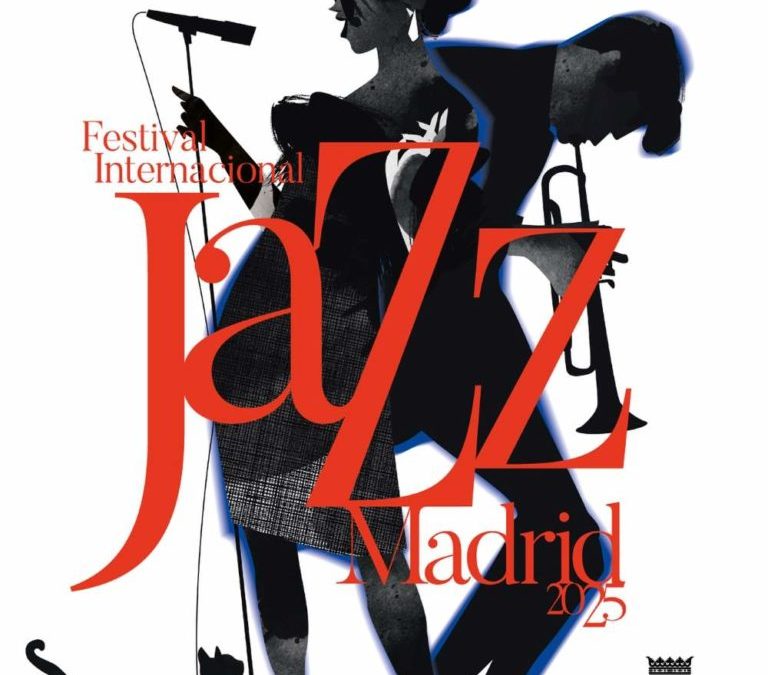
Festival Jazz Madrid 2025 – Villanos del Jazz
FESTIVAL JAZZ MADRID 2025
Villanos del Jazz
Una Odisea Sonora entre virtuosismo, riesgo y tradición que ilumina Madrid
Como cada año, el Festival Villanos del Jazz volvió a unir fuerzas con el Ayuntamiento de Madrid para enriquecer la programación del Festival Internacional JazzMadrid 2025, configurando una edición especialmente robusta y diversa. A ello se sumaron iniciativas como el Festival de Jazz de Ciudad Lineal, 21 Distritos, Jazz con Sabor a Club y Jazz Círculo, que han convertido al otoño madrileño en una estación donde el jazz se respira en cada barrio tanto como las tonalidades doradas que envuelven la ciudad.
La Sala Villanos, el Teatro Pavón, el Café El Despertar y, sobre todo, el Teatro Fernán Gómez–Centro Cultural de la Villa se consolidaron como los epicentros del pulso jazzístico madrileño. Desde In&OutJazz Magazine asistimos a una amplia selección de los más de 150 conciertos programados. Lo que sigue es un recorrido detallado, y vivamente inspirado, por algunos de los hitos de esta edición.


El arranque fue contundente con The Wooten Brothers, que ofrecieron un espectáculo donde el groove marcó el eje de rotación de toda la noche. Victor Wooten volvió a confirmar que no es solo un virtuoso, sino un arquitecto del ritmo: polirritmias imposibles en el bajo, slap microscópicamente preciso y una elasticidad temporal que desafiaba la intuición. Regi “The teacher”, Joseph y Roy “Futureman” Wooten completaron un engranaje rítmico arrollador, capaz de levantar pasajes de funk sincopado, momentos de pura electricidad y una teatralidad casi performativa. El cuarteto hiló además un recorrido casi a modo de popurrí por sus hits y por temas que han marcado su propia evolución musical, un guiño directo tanto a los seguidores veteranos como a quienes se acercaban por primera vez a su universo sonoro.
Esa potencia llegó, sin embargo, acompañada de un componente visual casi acrobático que, aunque eficaz para encender al público, desplazó por momentos la atención del corazón musical de la propuesta. El grupo brilló especialmente cuando redujo ese despliegue escénico y dejó que la fusión hablara por sí sola, revelando una creatividad tan sólida como contagiosa. Una apertura vibrante y enérgica, marcada por un virtuosismo exuberante que, en sus mejores momentos, encontró su verdadero centro.
Sin perder inercia, volvimos al día siguiente al Fernán Gómez para uno de los conciertos más refinados del festival: Gonzalo Rubalcaba & Hamilton de Holanda. Frente al exceso anterior, este dúo propuso un espacio de escucha mutua y delicadeza arquitectónica. Rubalcaba ofreció un piano de madurez expresiva, donde cada pedal, cluster y resolución armónica parecía una decisión editorial. Hamilton de Holanda respondió con un bandolín de articulación diamantina y una narrativa melódica en permanente combustión. La conversación improvisada entre ambos, silencios con peso, pausas que hablaban, contrapuntos tan naturales como inevitables, construyó un recital de enorme profundidad y precisión emocional. Hubo imprevisibilidad, conversación, música que se desplegaba como un organismo vivo. Fue uno de esos conciertos en los que uno deja de pensar en “piano” o “bandolín” y empieza simplemente a escuchar y disfrutar.
El tránsito hacia la intimidad continuó de manera orgánica con Julian Lage en formato de guitarra sola. Lage convirtió la sala en un laboratorio acústico donde todo giró alrededor de la pulsación, los voicings abiertos y un control casi escultórico del timbre. Alternó composiciones propias con standards rediseñados desde una claridad quirúrgica, levantando atmósferas tridimensionales sin recurrir a artificios. La propuesta, de una pureza casi meditativa, derivó también en un tono sostenido y homogéneo que, pese a su innegable refinamiento, dejó por momentos la sensación de un discurso demasiado contenido. Un concierto silencioso en lo gestual, monumental en lo musical, aunque no siempre capaz de mantener la tensión narrativa y la atención del respetable.
El festival siguió desplazándose hacia territorios de la voz con Jazzmeia Horn, que transformó la tarde en una celebración. Su presencia escénica, su swing muscular y su dominio del storytelling vocal hicieron que cada una de sus composiciones se convirtiera en un microrrelato emocional. Su scat, natural, rítmicamente fértil, impredecible, fluyó sostenido por la solidez de Vásquez Viñas, Saleem y Morello, una sección rítmica que respiraba con ella. Horn ofreció una clase magistral de control diafragmático y de articulación, recordándonos que la tradición no es un museo, sino un territorio vivo y reinventable.
El 9 de noviembre, llegó uno de los regresos más esperados: Avishai Cohen regresó tras un tiempo sin actuar en la ciudad. Lo hizo en la Sala Fernán Gómez al frente de su quinteto, formado por jóvenes músicos israelíes vinculados en su mayoría a la escena neoyorquina. Destacó especialmente el pianista Itay Simhovich, de apenas veintiún años y recién incorporado al proyecto, junto a Yuval Drabkin en los saxos tenor y soprano, el trombonista Yonatan Voltzok y el baterista Eviatar Slivnik. El quinteto presentó un repertorio centrado en Brightlight (2024), complementado con nuevas composiciones y piezas ya conocidas por los seguidores del contrabajista.
Los solos de Drabkin sobresalieron por su técnica, sonido y musicalidad, mientras que la compenetración entre Slivnik, Simhovich y Cohen configuró una base rítmica sólida y cohesionada, fruto de su trabajo conjunto como trío. Fiel a su costumbre, Cohen volvió a apostar por jóvenes talentos sin renunciar a su lenguaje característico, marcado por un rigor estructural y un virtuosismo siempre supeditado a la música. Tras hora y media de concierto, el público ofreció una cálida ovación que Cohen respondió interpretando “Remembering”, pieza cargada de lirismo y melancolía.
El festival avanzó hacia un territorio más eruptivo con Hiromi & Sonicwonder, una de las noches más desbordantes de energía de toda la programación. Hiromi desplegó su habitual artillería: estructuras cambiantes, ritmos hiperquinéticos, un piano que funciona como orquesta y un magnetismo escénico que roza lo atlético. Adam O’Farrill ofreció un contrapeso perfecto con una trompeta musculosa, mientras Hadrien Feraud y Gene Coye sostuvieron una sección rítmica de elasticidad prodigiosa. La suite Out There fue un viaje expansivo; “Pendulum”, interpretada por Hiromi en solitario, dejó la sala suspendida en un silencio casi reverencial.
Tras semejante despliegue energético, el ciclo encontró un punto de reposo reflexivo con Leo & Leo, un proyecto distinto en estética y pulsación. Leonor Watling cantó con ese cuidado equilibrio entre transparencia, contención y cercanía emocional que define su estilo, mientras Leo Sidran acompañó con sensibilidad narrativa, más desde la intención que desde la exhibición. El resultado fue un recital pulcro y cálido, sin grandes sobresaltos, pensado más para el abrazo que para el vértigo. En una edición tan convulsa y exploratoria, su propuesta de belleza suave funcionó como un necesario gesto de pausa y honestidad.
La atención volvió a girar hacia la escena ibérica con el Cuarteto Edición Especial de Baldo Martínez, que reafirmó la condición del contrabajista gallego como una de las voces más personales y valientes de la música improvisada europea. Con Román Filiú, Chema Saiz y Pier Bruera generó un laboratorio sonoro en plena combustión: improvisación colectiva, timbres en fricción y raíces folclóricas reelaboradas desde una modernidad orgánica y nada complaciente.
En una línea igualmente experimental, Marco Mezquida presentó su diálogo entre piano e inteligencia artificial. El concierto osciló entre la fascinación tímbrica y las limitaciones expresivas de la IA, que respondía con intención, pero sin ninguna flexibilidad ni aportación propia. Mezquida, sin embargo, ofreció uno de los discursos más libres y texturales del festival, reivindicando la improvisación como terreno donde la máquina, por ahora, sigue siendo invitada y no protagonista. Un experimento valiente, más valioso por las preguntas que por las respuestas.
El Fernán Gómez se transformó nuevamente para acoger el sonido legendario del Sky Quartet de Charles Lloyd, que demostró que la veteranía no está reñida con una frescura casi juvenil. Lloyd navegó entre el free más etéreo y el blues más terrenal, sin dejar ninguna nota por el tintero. Sostenido por un trío de lujo: Jason Moran, Larry Grenadier y el joven Kweku Sumbry, que sustituyó con solvencia a Brian Blade, el cuarteto construyó el mejor de los ambientes para que Charles, el público y los propios músicos pudieran disfrutar, una noche más, de la belleza de la música en directo.
El festival continuó con un bloque especialmente fértil de proyectos españoles. El primero fue Daniel Juárez, que presentó Reflexividad junto a Naíma Acuña, Darío Guibert e Íñigo Ruiz de Gordejuela. Su concierto en la sala Villanos sirvió como presentación de su excelente trabajo, Reflexividad, el cual interpretaron al completo, esta vez con la riqueza y la frescura propias del directo. Mención especial para Álvaro del Valle, quien grabó íntegramente el concierto y realizó una mezcla minuciosa (aquí una muestra) que permite ahora disfrutar de este cuarteto en vivo con una calidad excepcional. Una semana más tarde, Astrid Canales. Su puesta en escena, su desparpajo, el ambiente familiar y la profesionalidad de los músicos de su banda nos condujeron al gozo colectivo. En esta ocasión, la compositora multidisciplinar presentaba también su último disco, publicado bajo el nombre de Ego.
En el apartado más encendido del ciclo de clubs, el saxofonista Javier Rojo, junto a Joan Colom, Ander García y Marc Pinyol, ofreció dos pases intensos, cargados de evocación y libertad. Ese mismo día, en el Pavón, Stacey Kent conquistó al público con su dulzura habitual, combinando standards, composiciones propias y un repertorio brasileño interpretado con afecto y elegancia.
El cierre de nuestra ruta llegó con Tigran Hamasyan, que ofreció un concierto casi ritual. Su piano, trenzado con melodías folclóricas armenias y polirritmias vertiginosas, generó un estado de trance cuidadosamente estructurado. Junto a Yessai Karapetian, Marc Karapetian y Arman Mnatsakanyan formó un triángulo rítmico formidable. The Bird of a Thousand Voices, inspirado en un cuento armenio ancestral, sonó como un viaje interior rotundo, confirmando a Tigran como una de las voces más visionarias del jazz actual.
Más allá del brillo individual de los conciertos, esta edición de JazzMadrid y Villanos del Jazz volvió a poner sobre la mesa algunos de los debates fundamentales del jazz contemporáneo: la convivencia entre tradición y ruptura, la integración (o resistencia) frente a lo tecnológico, y el papel del jazz en el ecosistema cultural de una gran ciudad. La programación, amplia, variada, a veces incluso desbordante, evidenció un rasgo que cada vez define más al festival: su voluntad de abarcar el jazz como un territorio expandido, sin compartimentos estancos, donde el swing coexiste con el free, la electrónica con el folclore y la canción con la improvisación abierta.
El diálogo intergeneracional también resultó especialmente revelador. Desde la sabiduría fresca de Charles Lloyd hasta la exuberancia de Hiromi, pasando por la precisión minimalista de Lage o la poesía camerística de Rubalcaba y Hamilton de Holanda, quedó claro que el jazz actual se articula no tanto en función de edades o corrientes, sino de discursos estéticos personales. Y en ese sentido, la escena española vivió un año particularmente fértil: Juárez, Canales, Rojo o Baldo Martínez ofrecieron proyectos donde la identidad local no se presenta como ancla, sino como punto de partida para una creación abierta y contemporánea.
La presencia de propuestas híbridas, como el experimento de Mezquida con inteligencia artificial o la melancolía elegante de Leo & Leo, reforzó otra idea clave: que el festival no se limita a exhibir virtuosismo, sino que funciona como un laboratorio donde se ensaya qué puede ser el jazz hoy. No todas las propuestas alcanzan la misma profundidad; algunas resultan más estéticas que transformadoras. Pero ese riesgo forma parte del pulso real de un festival vivo, que apuesta por la diversidad como motor y no como escaparate.
Por último, la respuesta del público, salas llenas en su mayor parte, atención sostenida, mezcla generacional, reveló algo que no siempre se subraya con suficiente claridad: Madrid está consolidando un ecosistema jazzístico propio, con identidad y continuidad, donde festivales, clubes, instituciones y músicos locales generan un tejido cada vez más sólido. Esa es quizá la mejor noticia de todas.
En suma, esta edición no solo ofreció grandes conciertos; ofreció preguntas, fricciones, descubrimientos y confirmaciones. Recordó que el jazz, cuando se programa con ambición y perspectiva, no es un género: es un diálogo permanente entre tradición, riesgo, escucha y tiempo. Y Madrid, por fortuna, parece decidida a mantenerlo vivo.
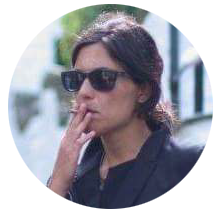


05 de diciembre de 2025

